The kettlebell Romanian Deadlift (RDL) is one of the most effective exercises for building strength in your posterior chain, specifically targeting the hamstrings, glutes, and lower back. As a variation of the traditional Romanian deadlift, using a kettlebell adds an element of balance and coordination, making it a great functional movement for both beginners and advanced lifters.
What is a Kettlebell Romanian Deadlift (RDL)?
The kettlebell Romanian deadlift (also known as the kb rdl) is a hip-hinge movement that focuses on strengthening the muscles along your posterior chain. When performed correctly, it improves your balance, mobility, and overall lower body strength. It is often used as a foundational exercise in strength training and athletic conditioning.
Benefits of the Kettlebell RDL
The Romanian deadlift with kettlebell is not only great for targeting the glutes and hamstrings, but it also helps to improve your posture and reduce the risk of lower back pain by promoting proper hip hinging mechanics. Here are a few key benefits:
- Glute and Hamstring Activation: The kettlebell RDL for glutes and hamstrings is one of the most effective exercises to build strength and size in these muscles.
- Core Engagement: This exercise requires significant core stability, which helps improve overall posture and balance.
- Improved Flexibility: The motion of the kettlebell Romanian deadlift improves flexibility in your hips, hamstrings, and lower back.
- Functional Strength: The kb rdl exercise improves functional strength that translates to better performance in sports, daily tasks, and other lifts like squats and deadlifts.
How to Do the Romanian Deadlift with Kettlebell (Step-by-Step)
Learning how to do rdl with kettlebell involves mastering the right form and technique. Here’s a step-by-step guide on how to perform the exercise correctly:
- Start Position: Stand with your feet hip-width apart, holding a kettlebell in both hands with a neutral grip (palms facing your body). Ensure your shoulders are pulled back and your chest is lifted.
- Hinge at the Hips: Keep a slight bend in your knees. Push your hips back while maintaining a flat back. The kettlebell should travel down in front of you, towards your feet, keeping the weight close to your body.
- Lower the Kettlebell: Continue to lower the kettlebell until you feel a stretch in your hamstrings or your torso is almost parallel to the ground. Your back should remain neutral, and your core should stay engaged.
- Return to Starting Position: Push through your heels and drive your hips forward, returning to a standing position. Squeeze your glutes at the top of the movement.
- Repeat: Perform the desired number of reps, ensuring that each repetition follows the proper kettlebell rdl form.
Common Mistakes in Kettlebell RDL Form
To avoid injury and get the most out of your kb romanian deadlift, it’s essential to focus on maintaining good form. Some common mistakes include:
- Rounding the Back: Keep your spine neutral and avoid rounding your back to protect your lower back.
- Not Engaging the Core: Your core should be tight throughout the movement to support your spine.
- Using Too Much Weight: Start with a lighter kettlebell to master the form before increasing the weight.
- Not Focusing on the Hinge: This is a hip-hinge movement, not a squat. Make sure you’re pushing your hips back, not bending your knees excessively.
Muscles Worked in the Kettlebell Romanian Deadlift
The kettlebell RDL muscles worked are predominantly found in the posterior chain. These muscles include:
- Hamstrings: The hamstrings are heavily engaged as you hinge at the hips and lower the kettlebell.
- Glutes: The glutes are activated as you drive your hips forward during the upward phase of the lift.
- Lower Back: The erector spinae muscles in your lower back help maintain spinal stability.
- Core: The abdominals and obliques engage to stabilize your torso.
Kettlebell RDL Variations
- Kettlebell RDL to Squat: Combine the Romanian deadlift with a squat for a full-body workout. Lower the kettlebell as you would in a standard RDL, and then drop into a squat before returning to standing.
- Russian Deadlift Kettlebell: This variation is a lighter, more controlled version of the standard Romanian deadlift kettlebell, emphasizing form and tempo over heavy weight.
- Kettlebell RDL Workout: Incorporate the kb rdl into a full-body routine, combining it with exercises like squats, lunges, and presses for a balanced strength training program.
Frequently Asked Questions
Can You Do RDLs with Kettlebells?
Yes, can you do RDLS with kettlebells? Absolutely! Kettlebells are a versatile tool, and the rdl exercise kettlebell variation is an excellent way to target your posterior chain.
How Do You Improve Kettlebell RDL Form?
Focus on keeping your back flat, engaging your core, and pushing your hips back instead of squatting. Proper rdl form kettlebell ensures that you’re activating the right muscles and preventing injury.
What Are the Benefits of the Kettlebell Romanian Deadlift for Glutes?
The kettlebell rdl for glutes is fantastic for activating and strengthening the gluteal muscles. The hip hinge motion helps you isolate the glutes more effectively than many other lower-body exercises.
Conclusion
The kettlebell Romanian deadlift is a powerful exercise that should be part of any serious lifter’s routine. Whether you’re training for strength, improving flexibility, or building your glutes and hamstrings, the kb rdl is a functional, effective movement that helps improve overall athletic performance. By focusing on proper form and progressively increasing the weight, you can reap the benefits of this versatile exercise.
Incorporating kettlebell RDLs into your workout regimen will enhance your strength, power, and mobility. So grab a kettlebell, master your form, and start reaping the rewards of this amazing exercise!

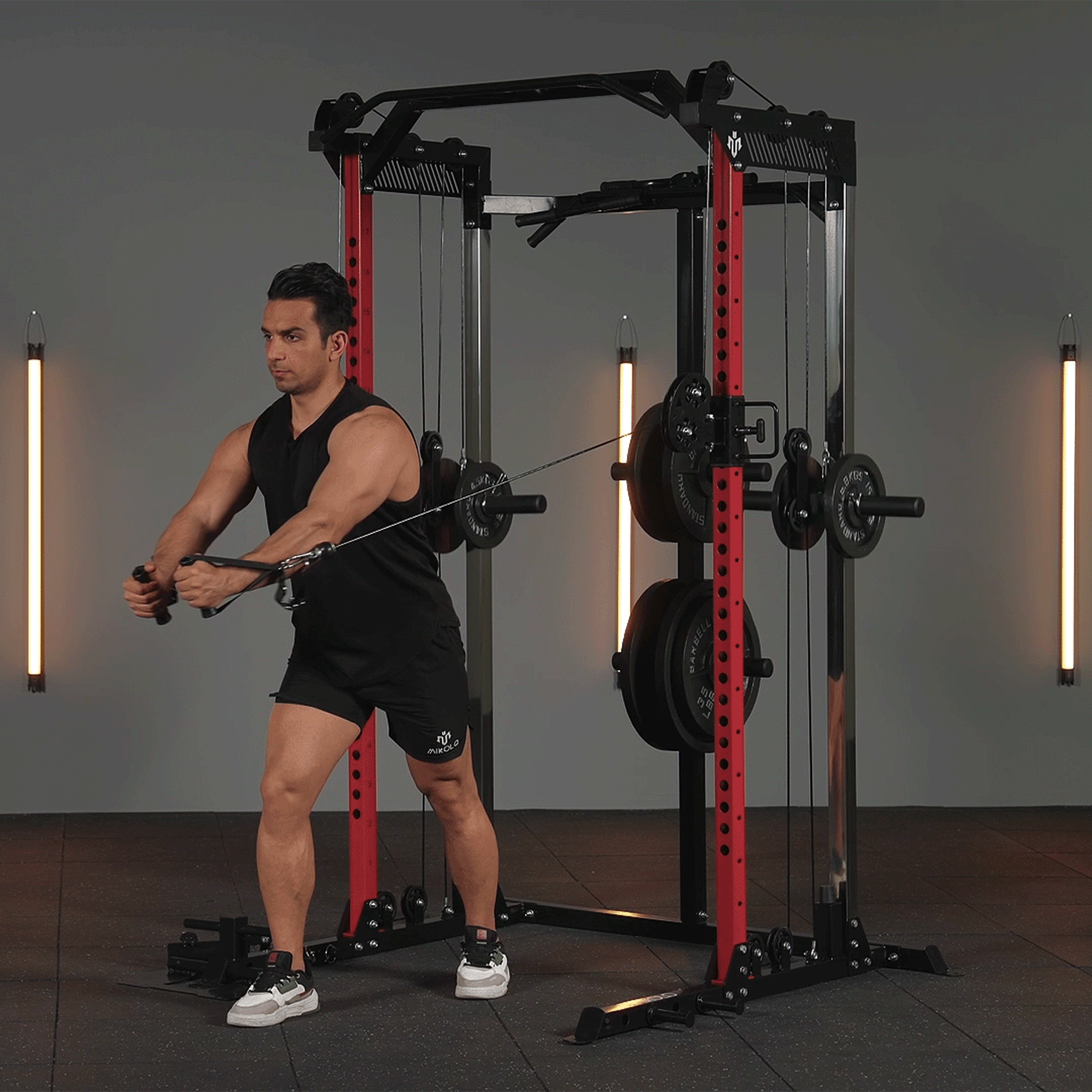
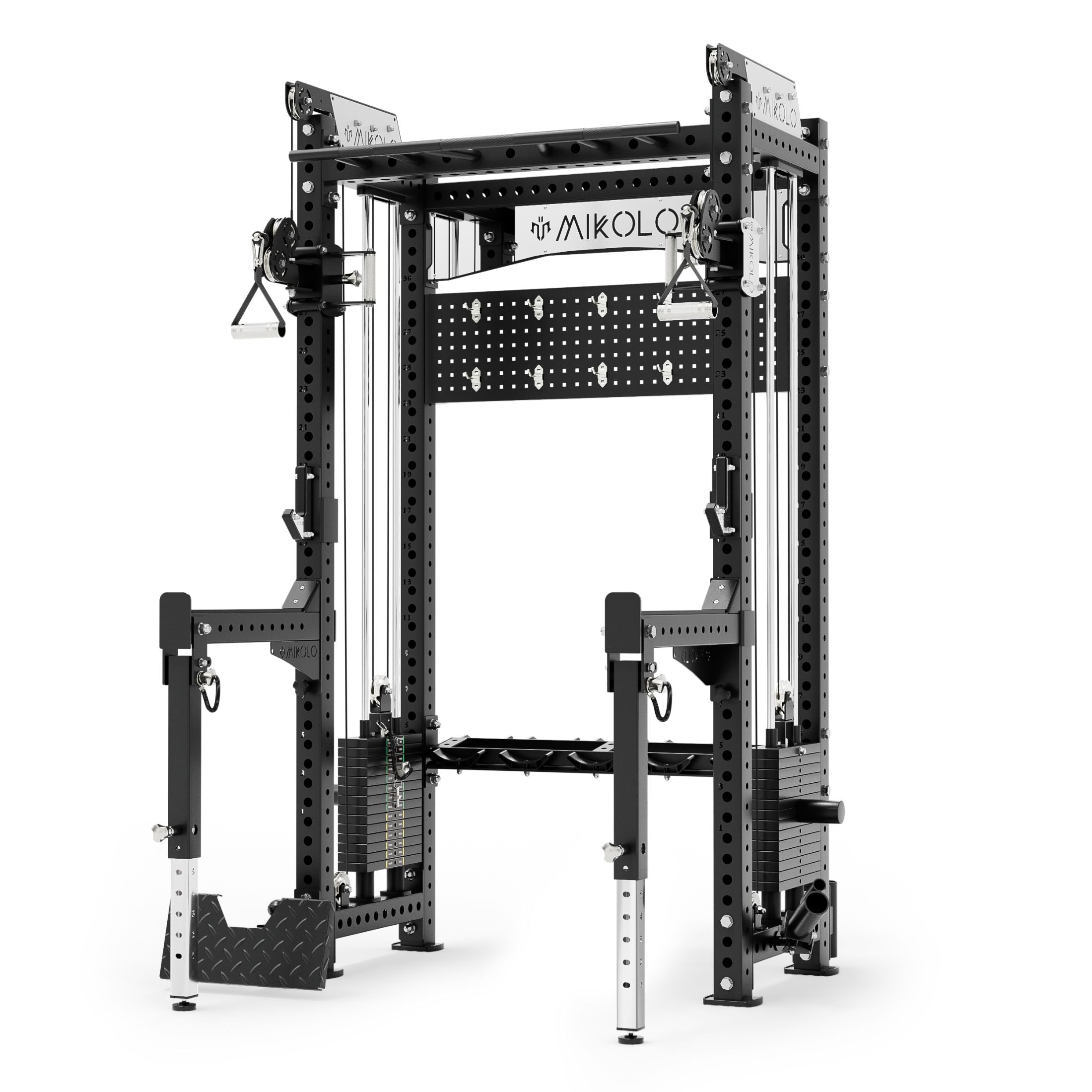
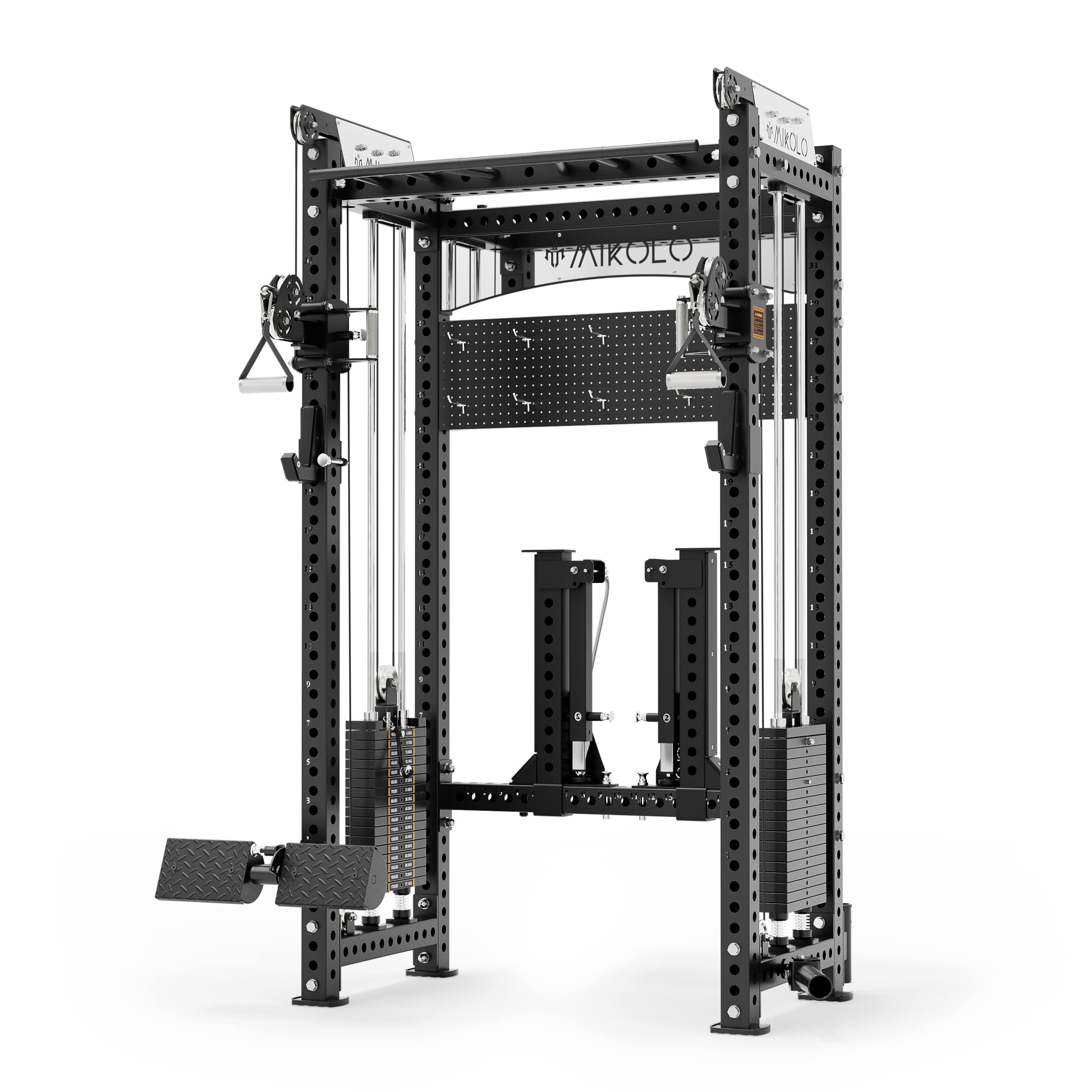
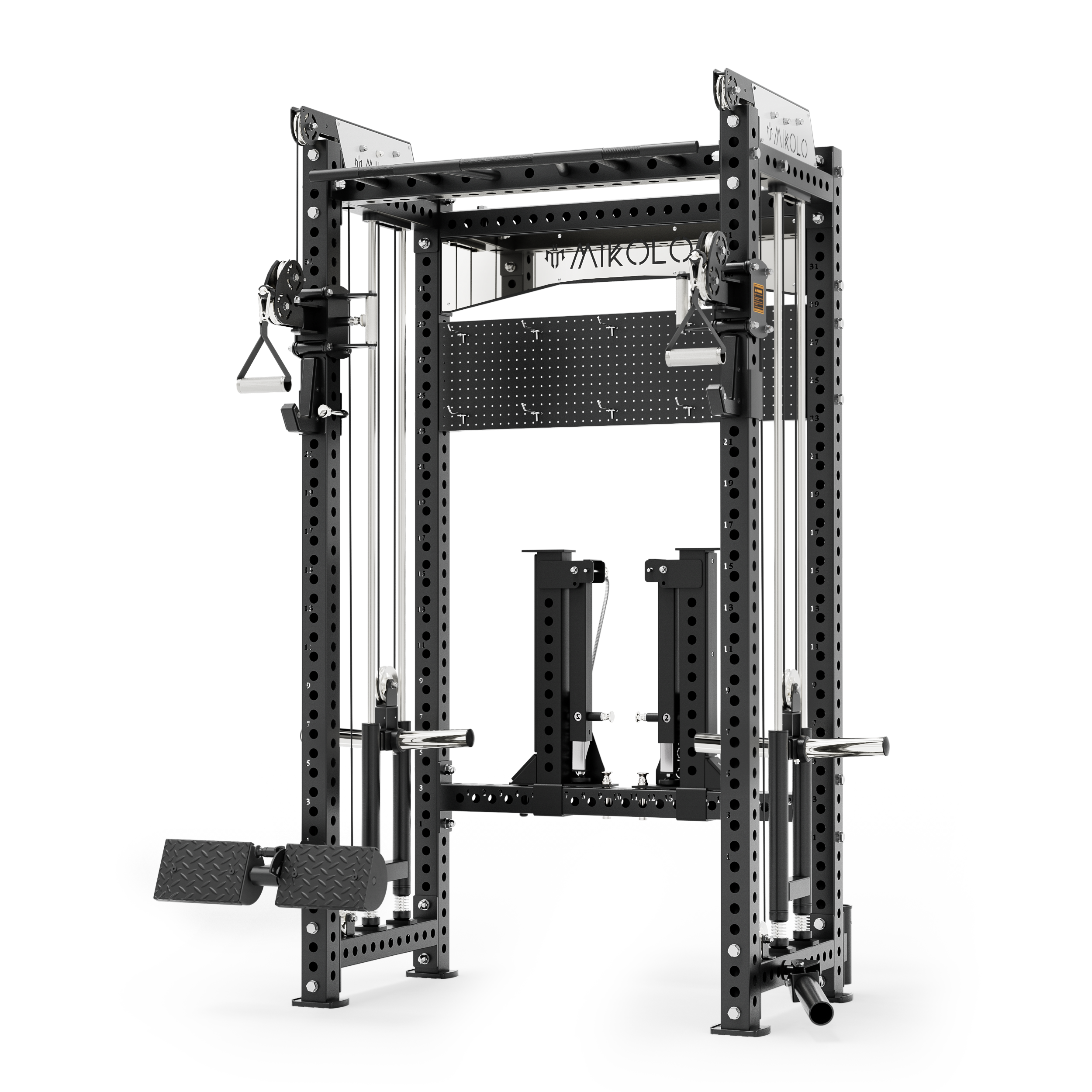
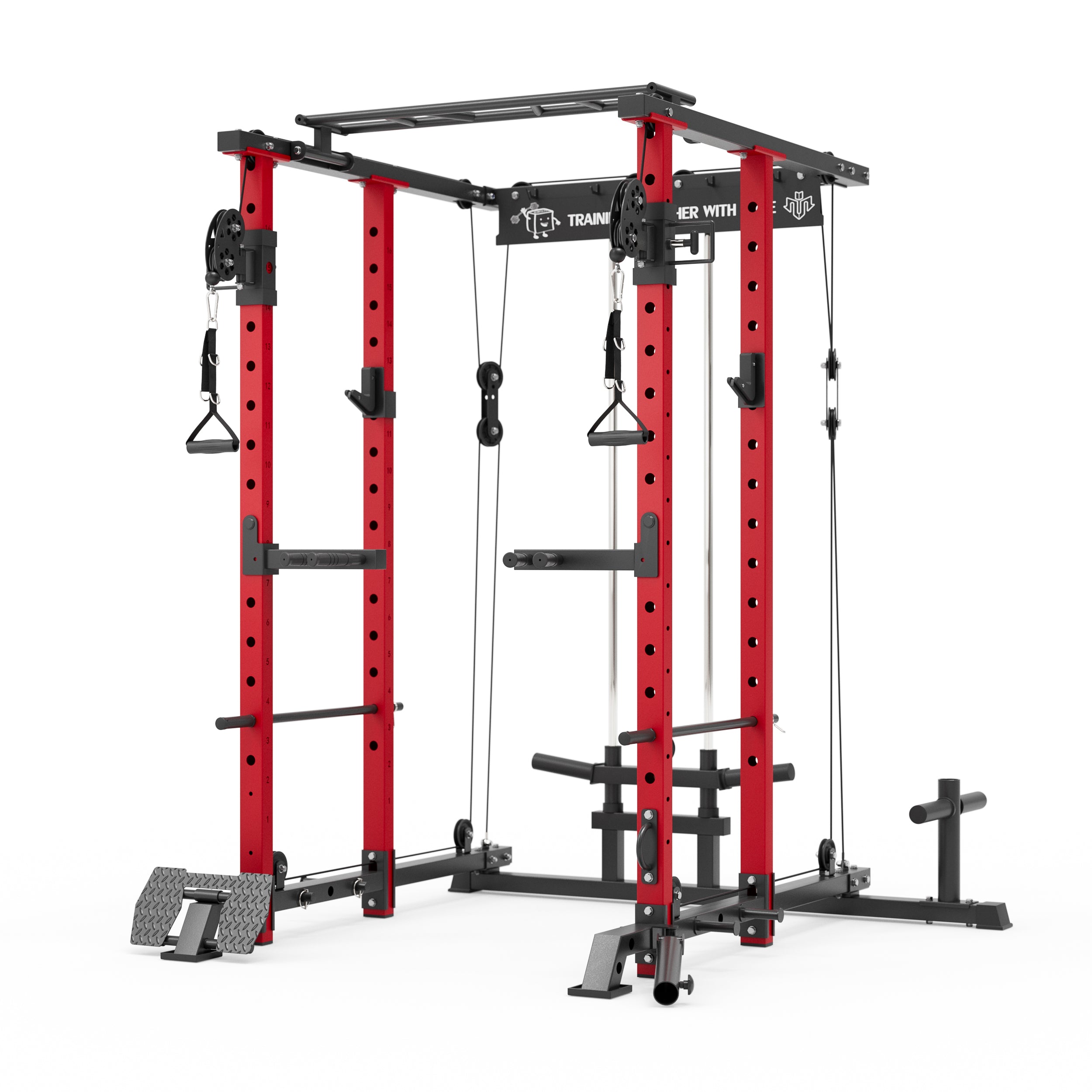
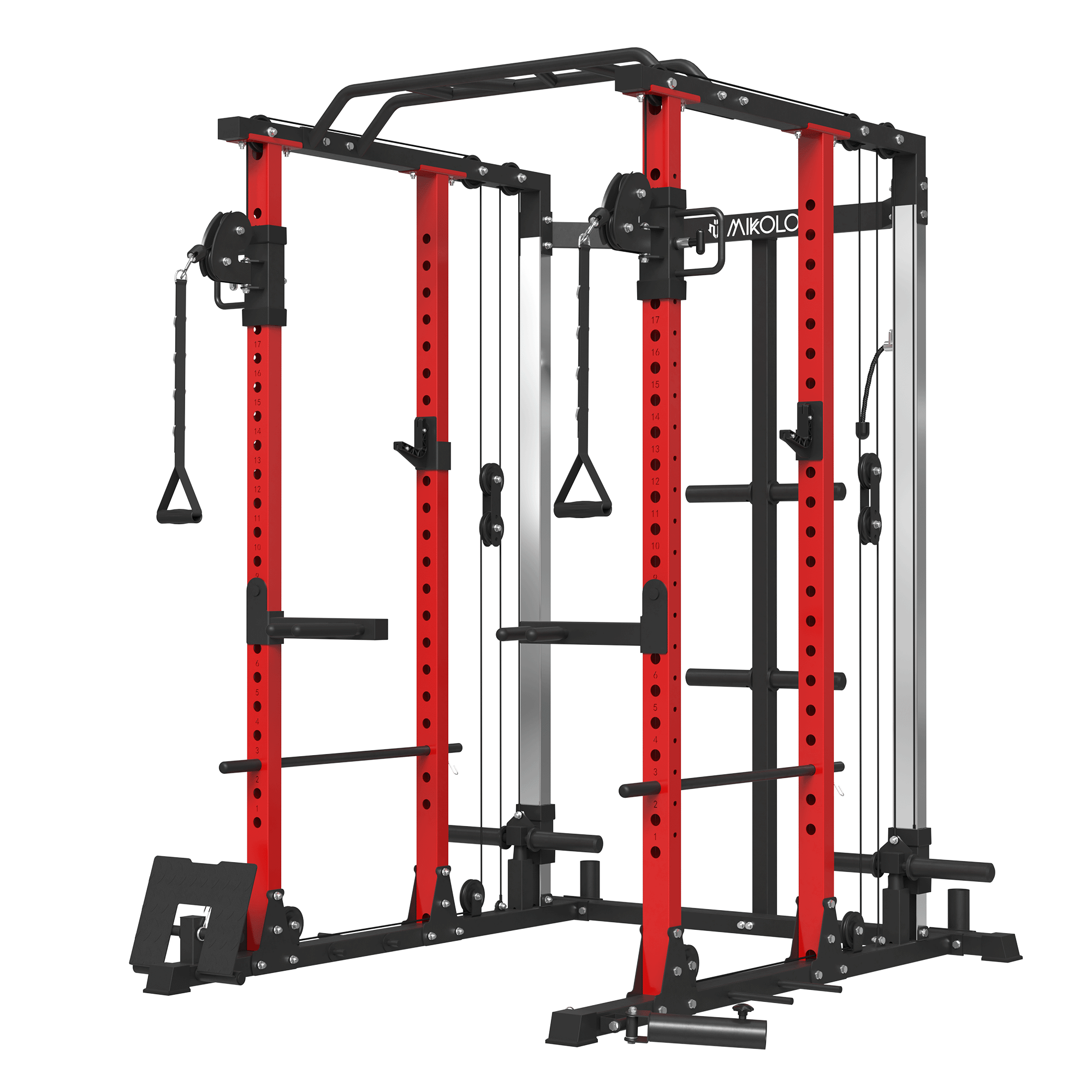
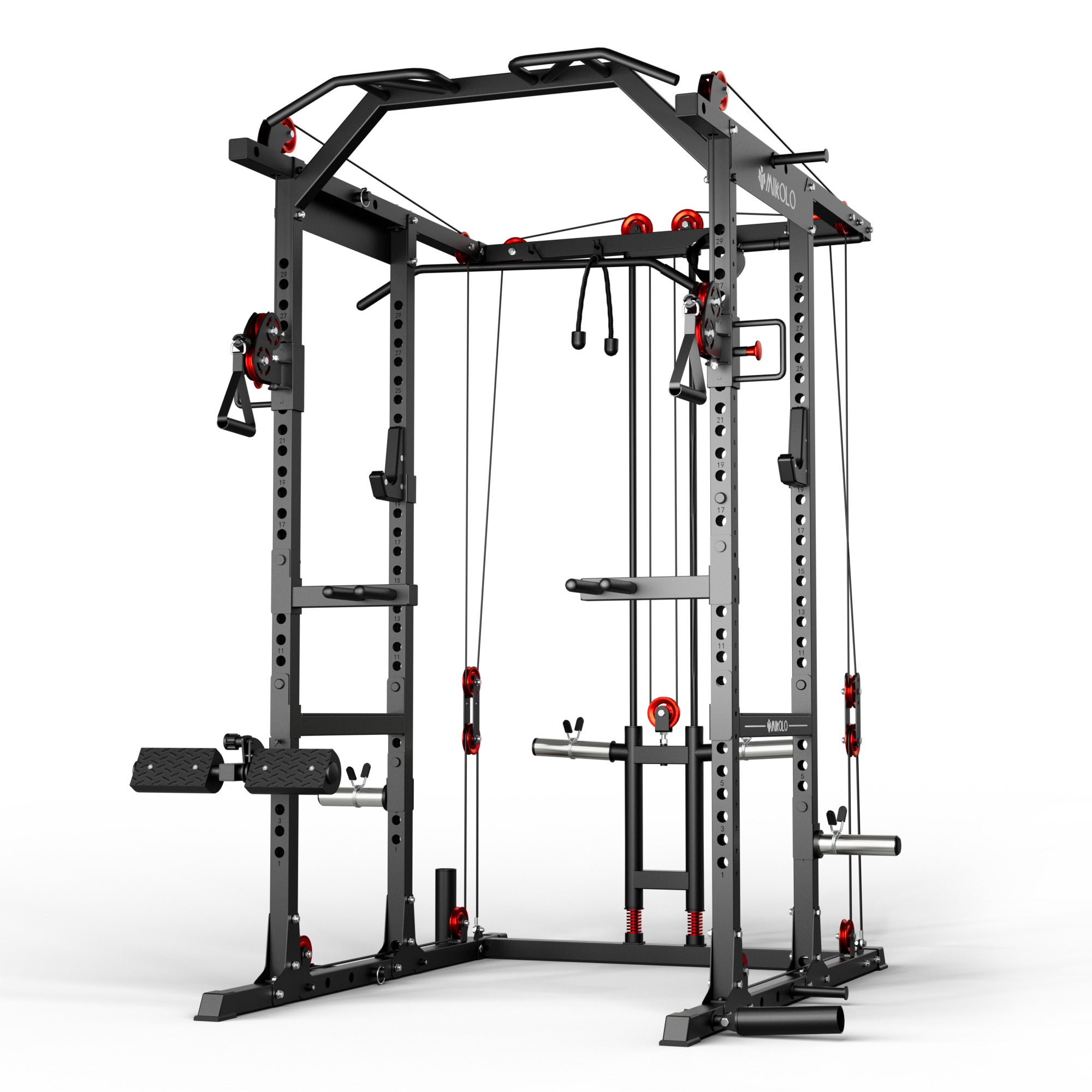
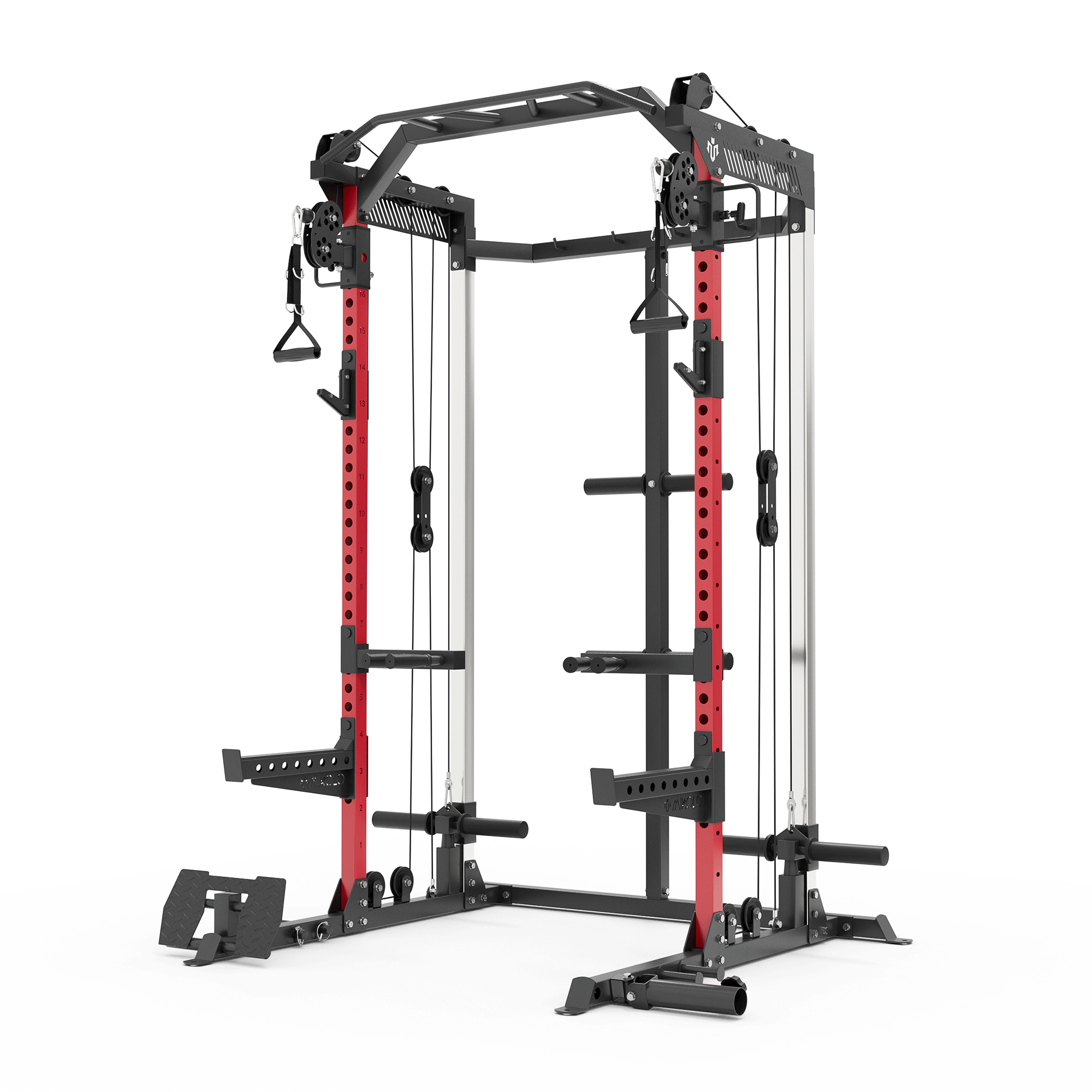

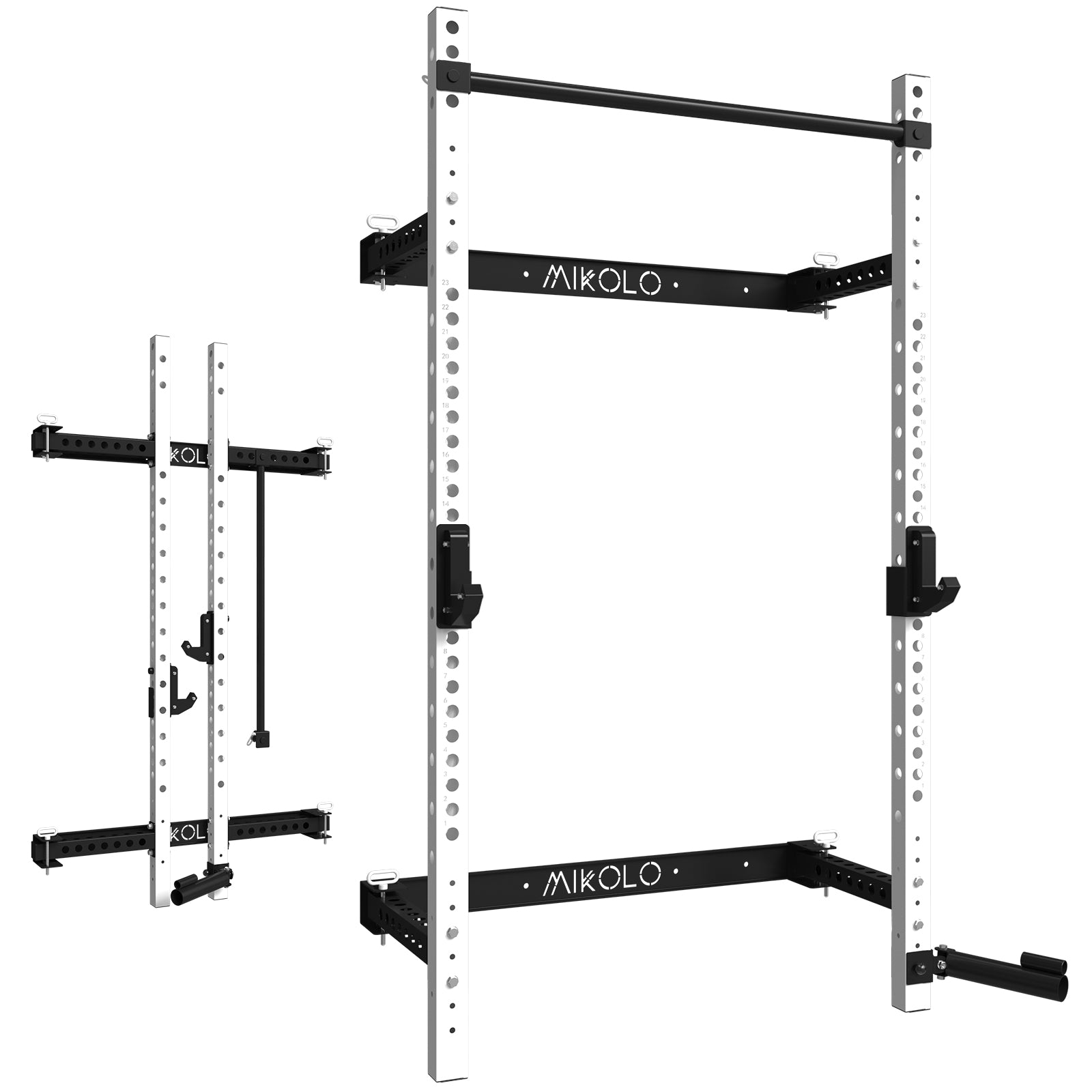
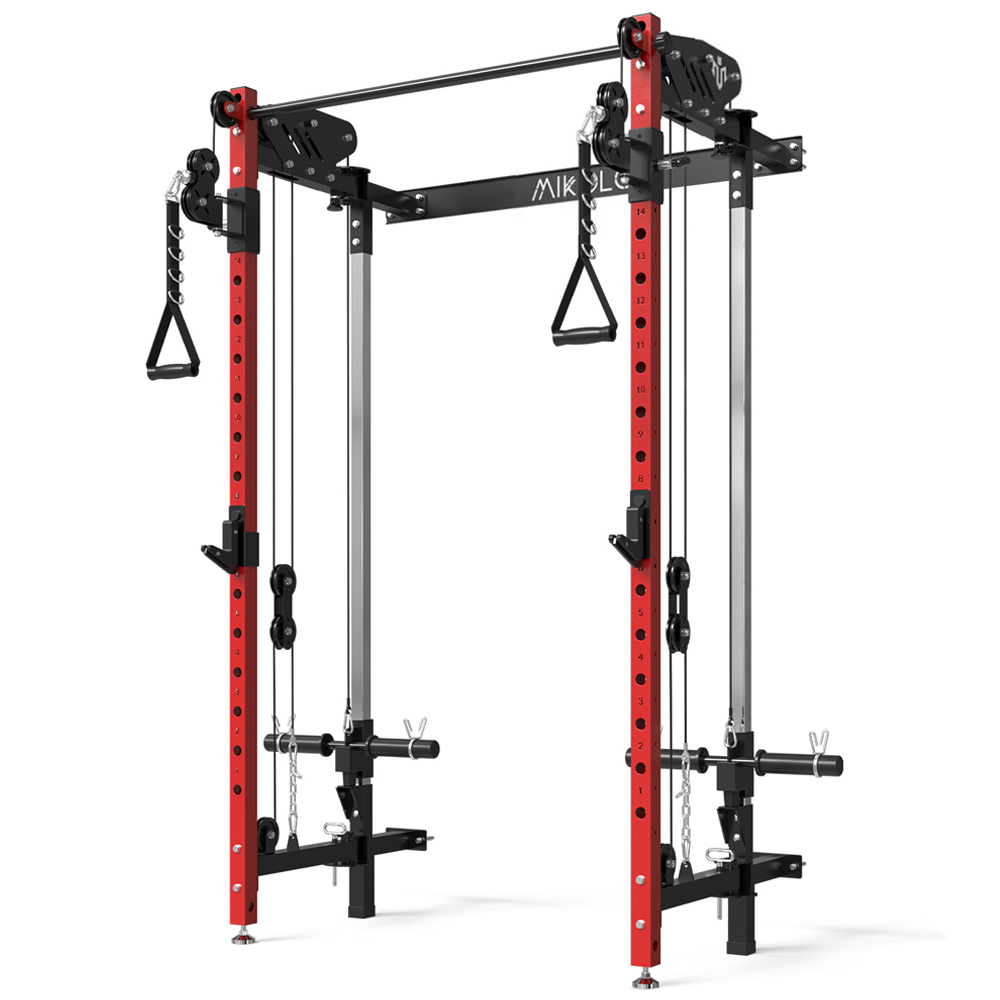
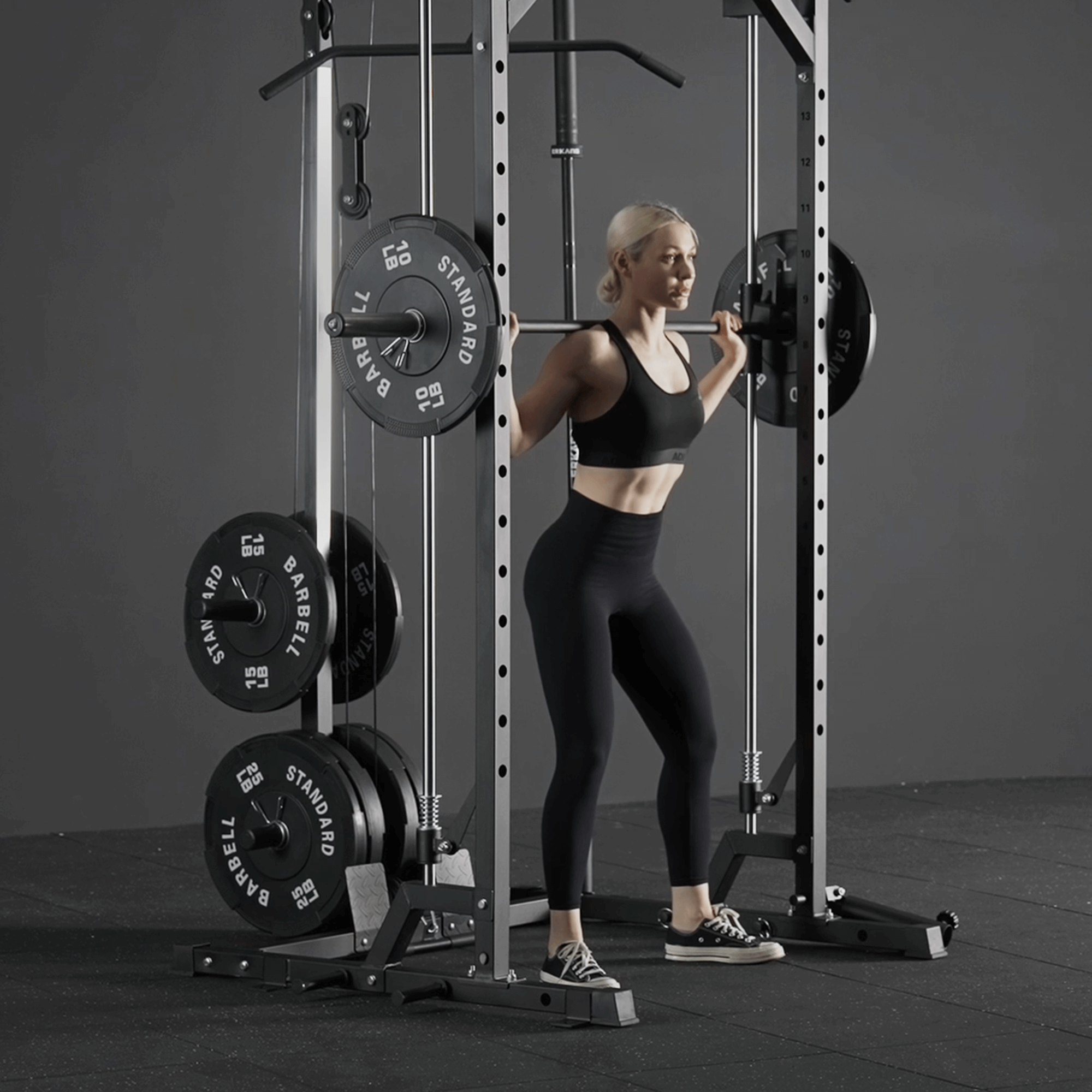
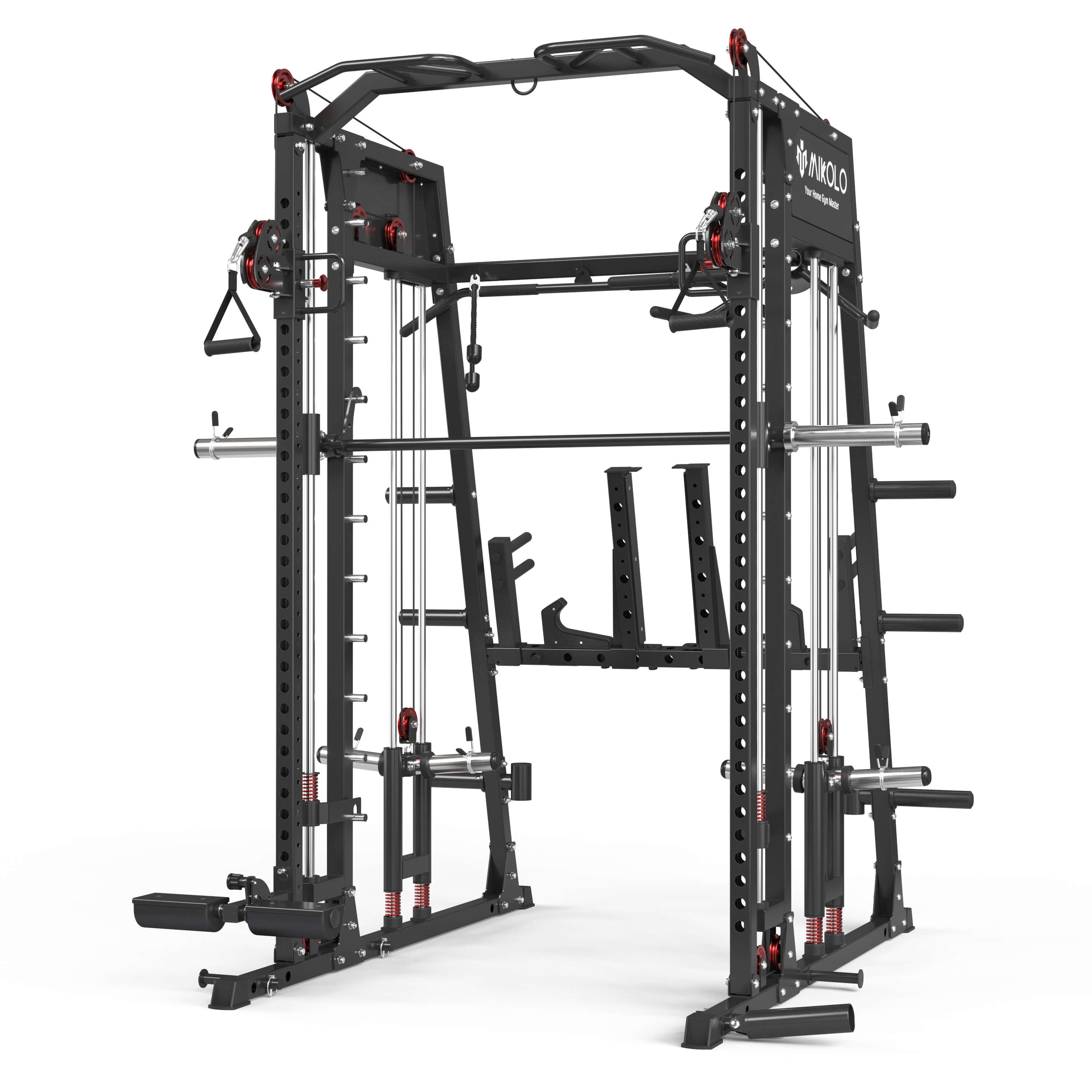

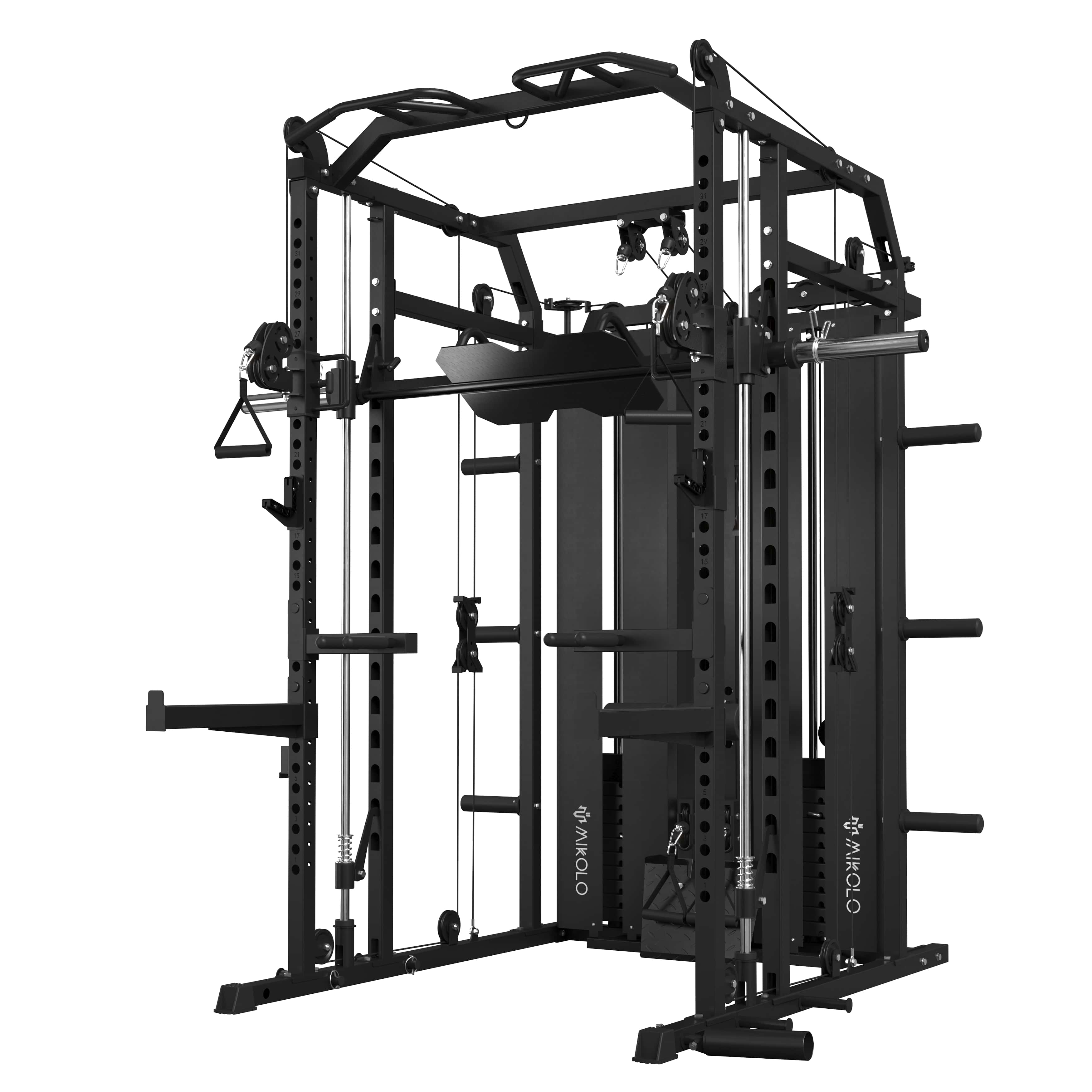
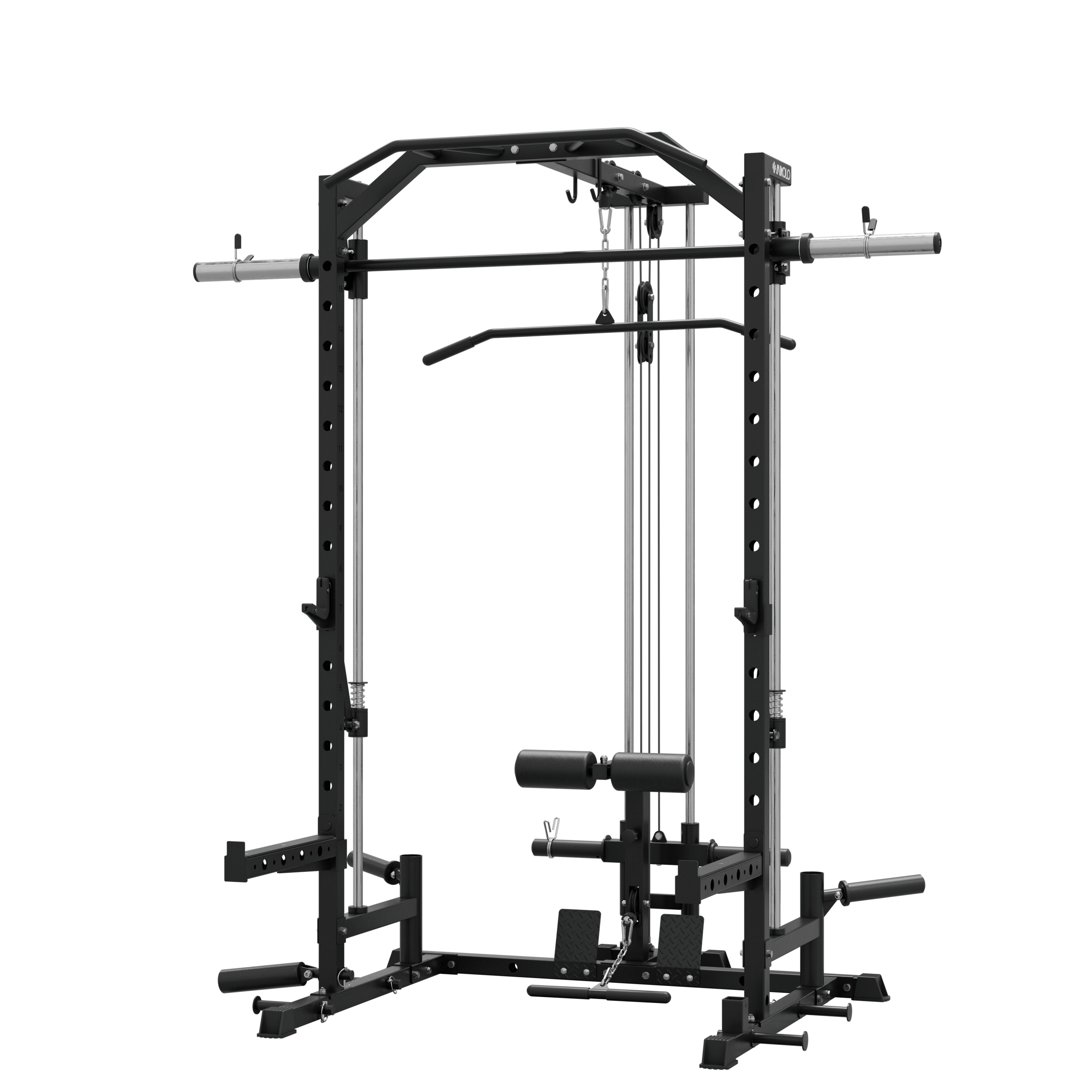
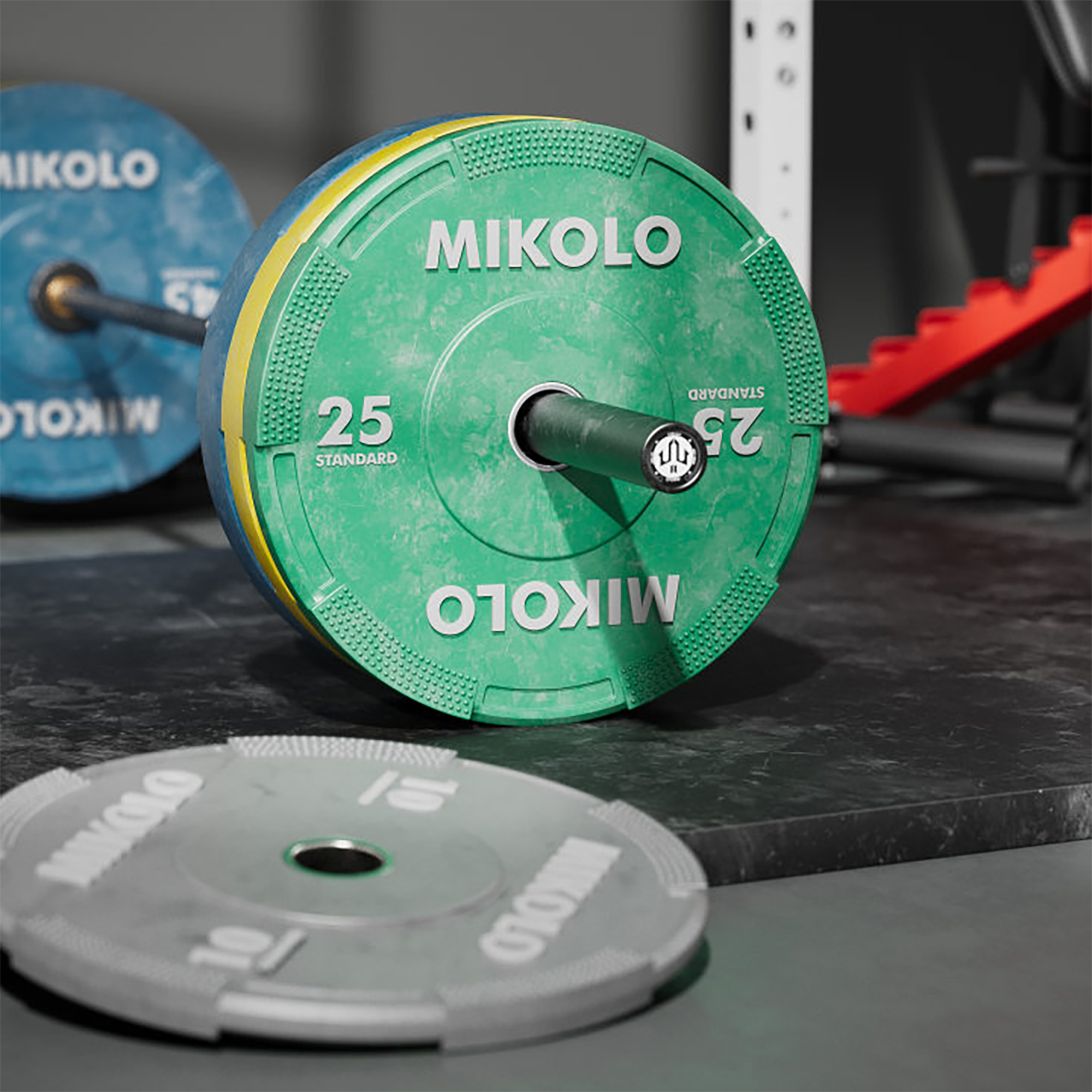
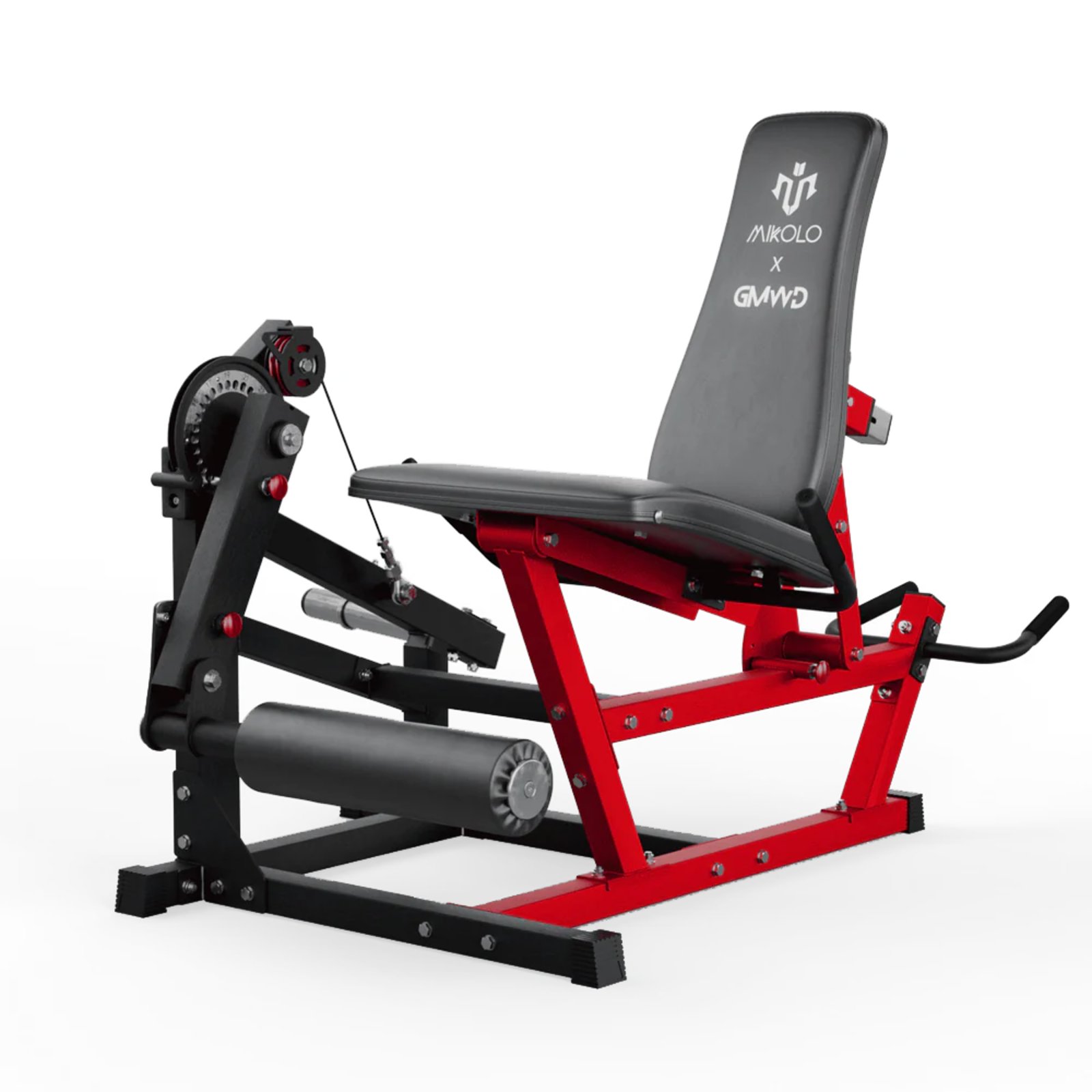
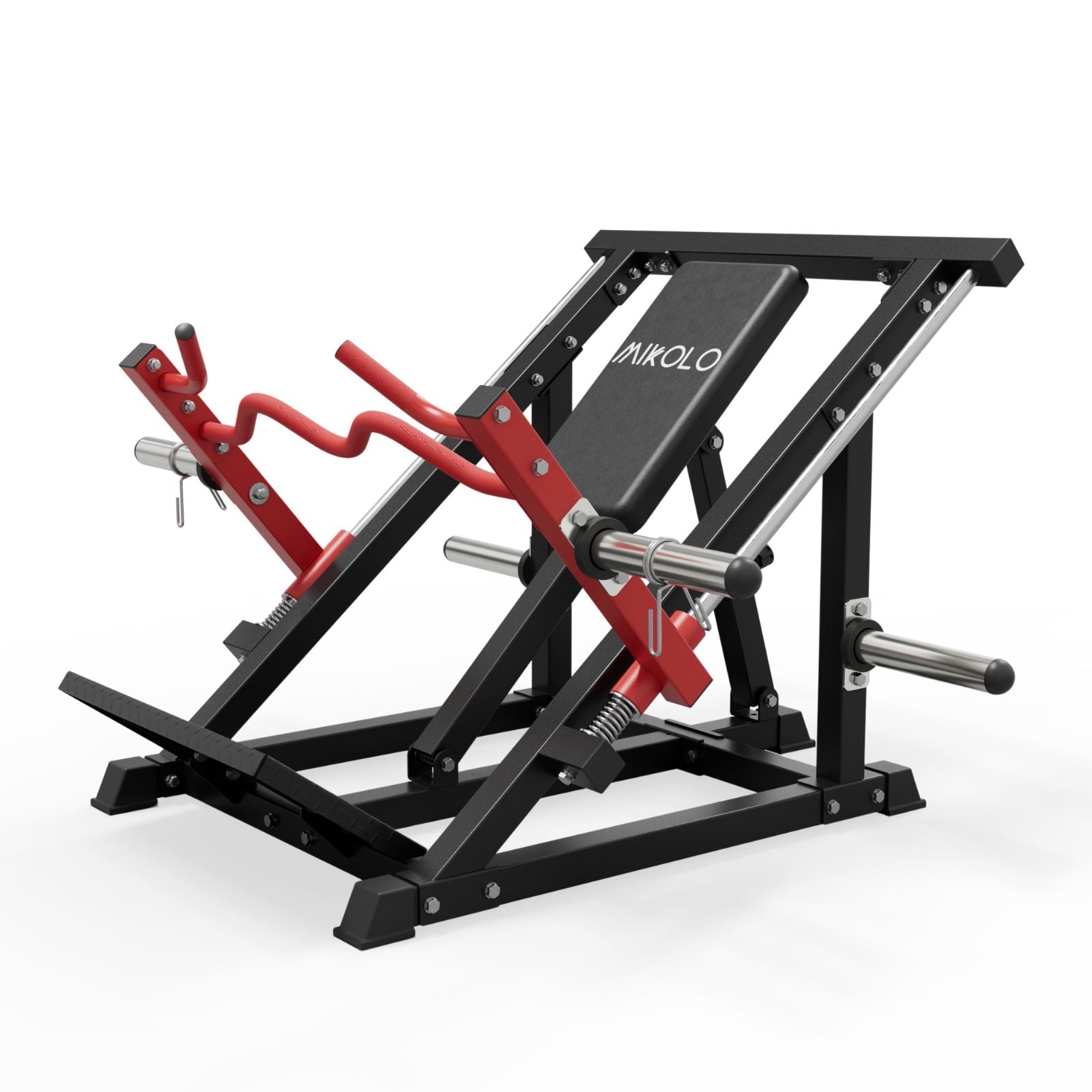
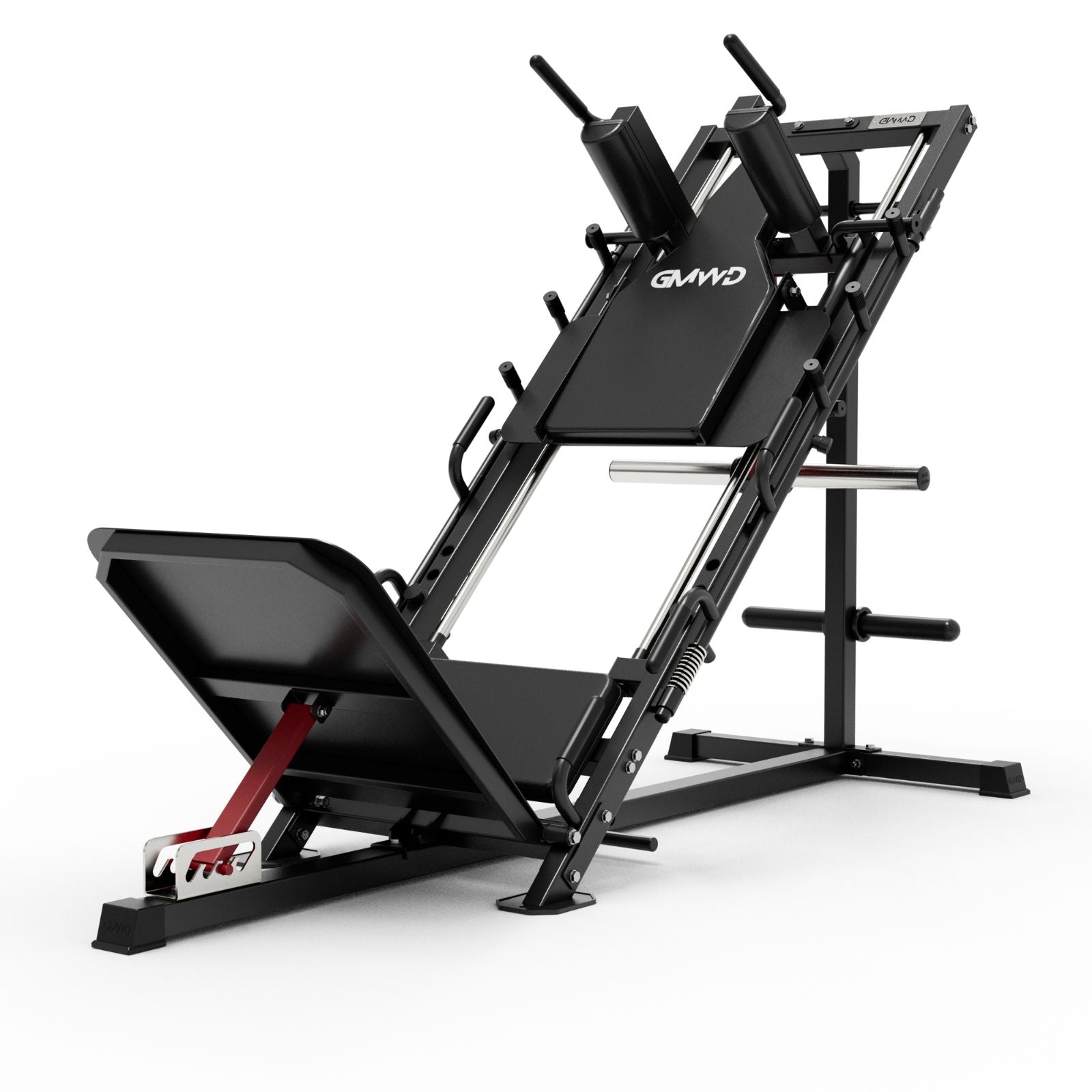
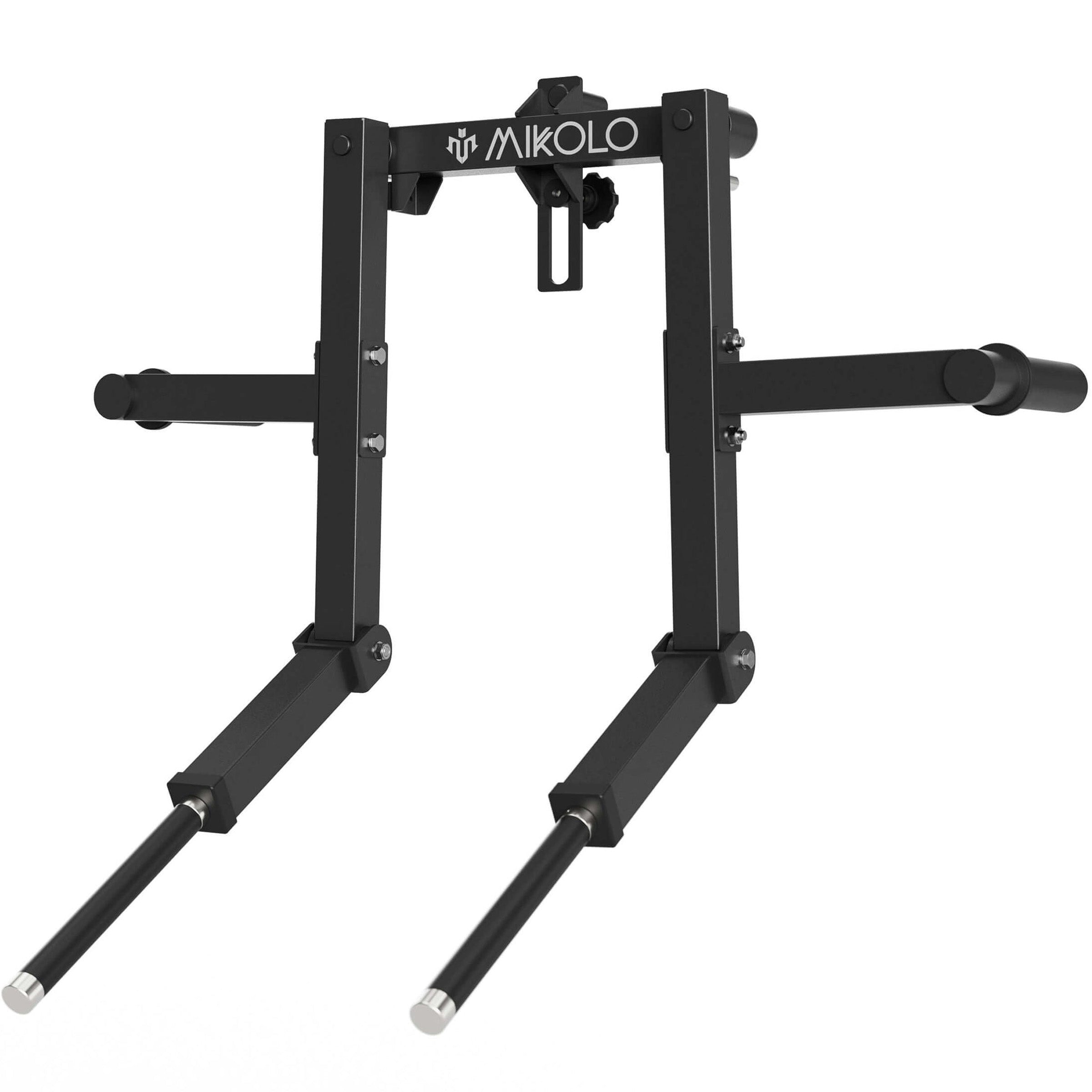
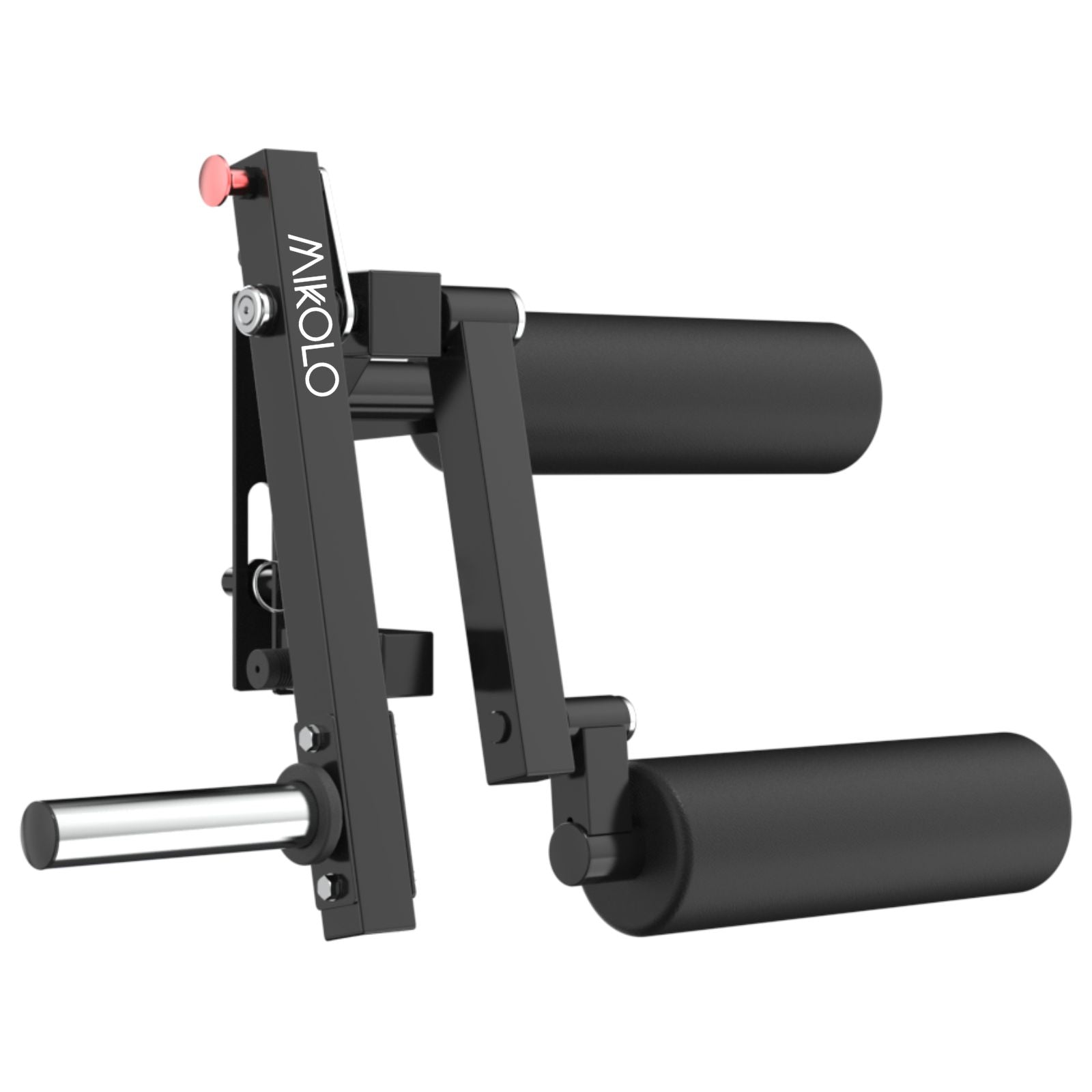
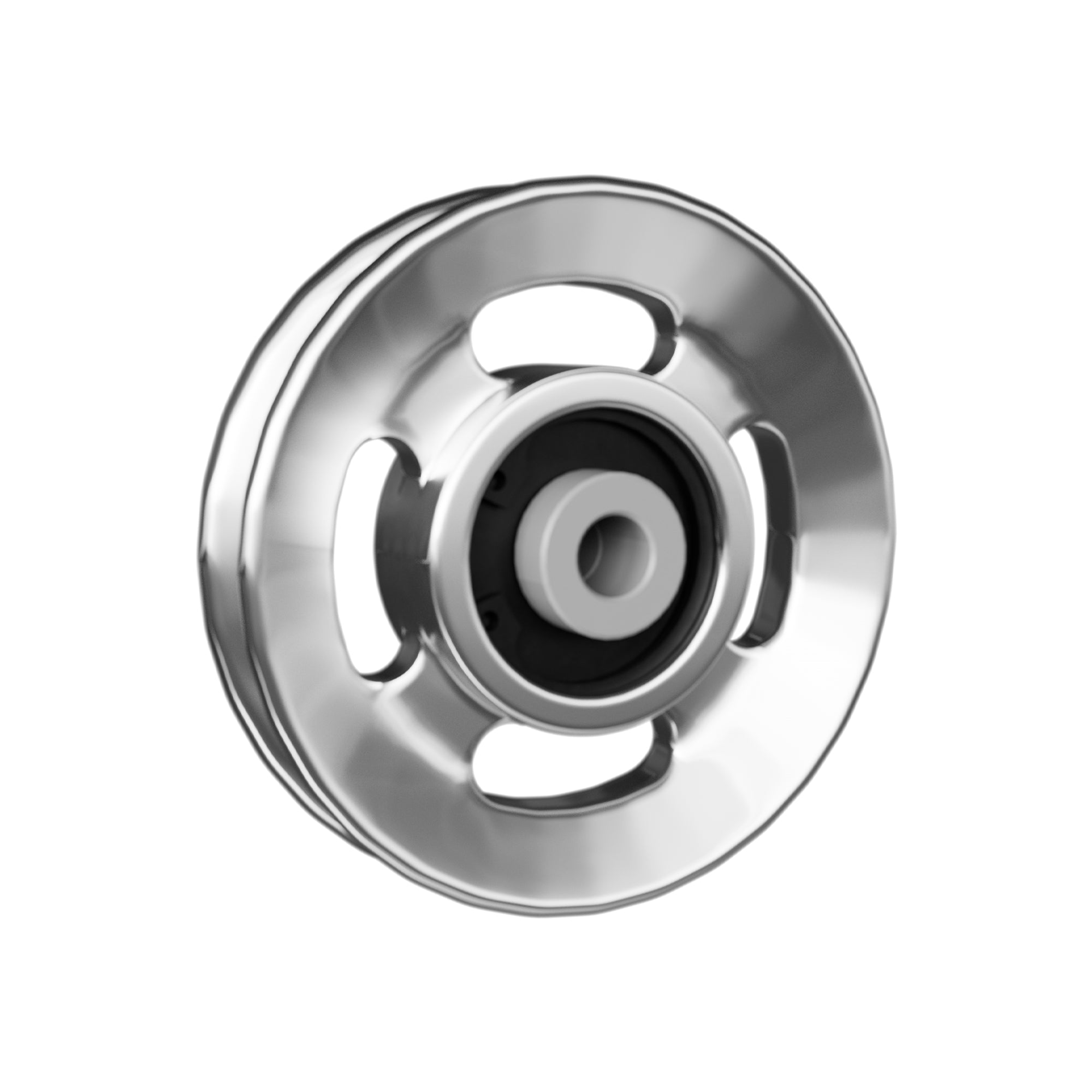
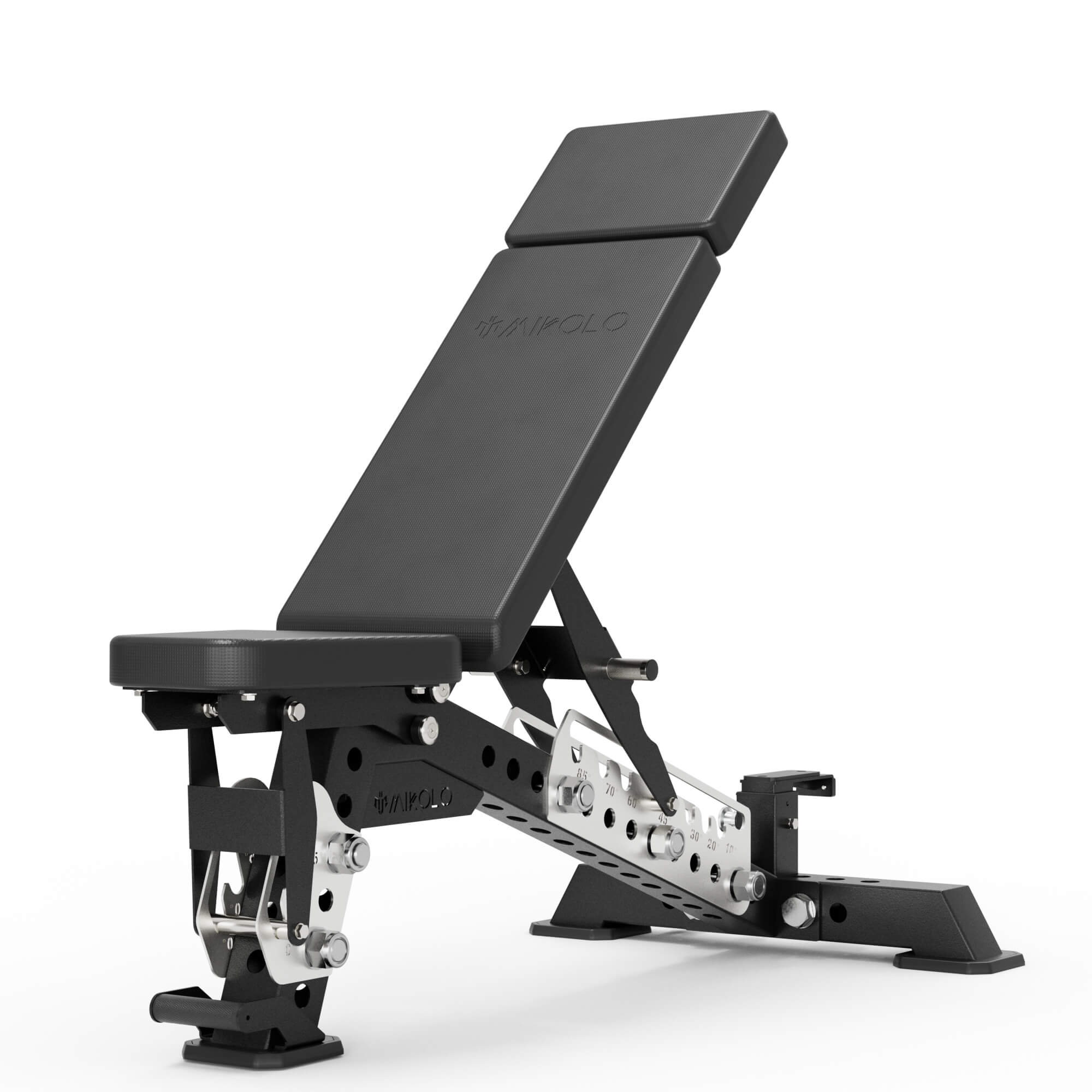
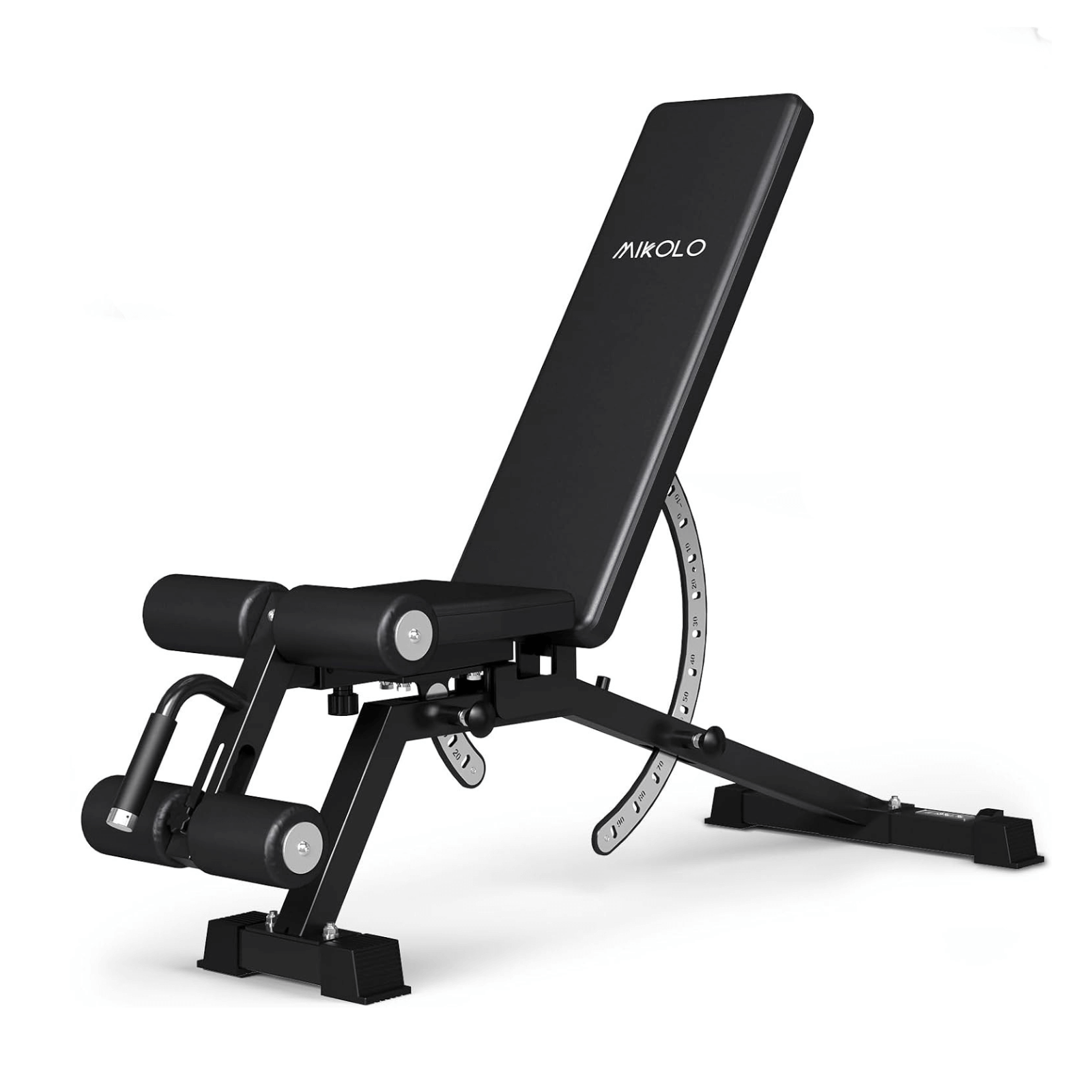
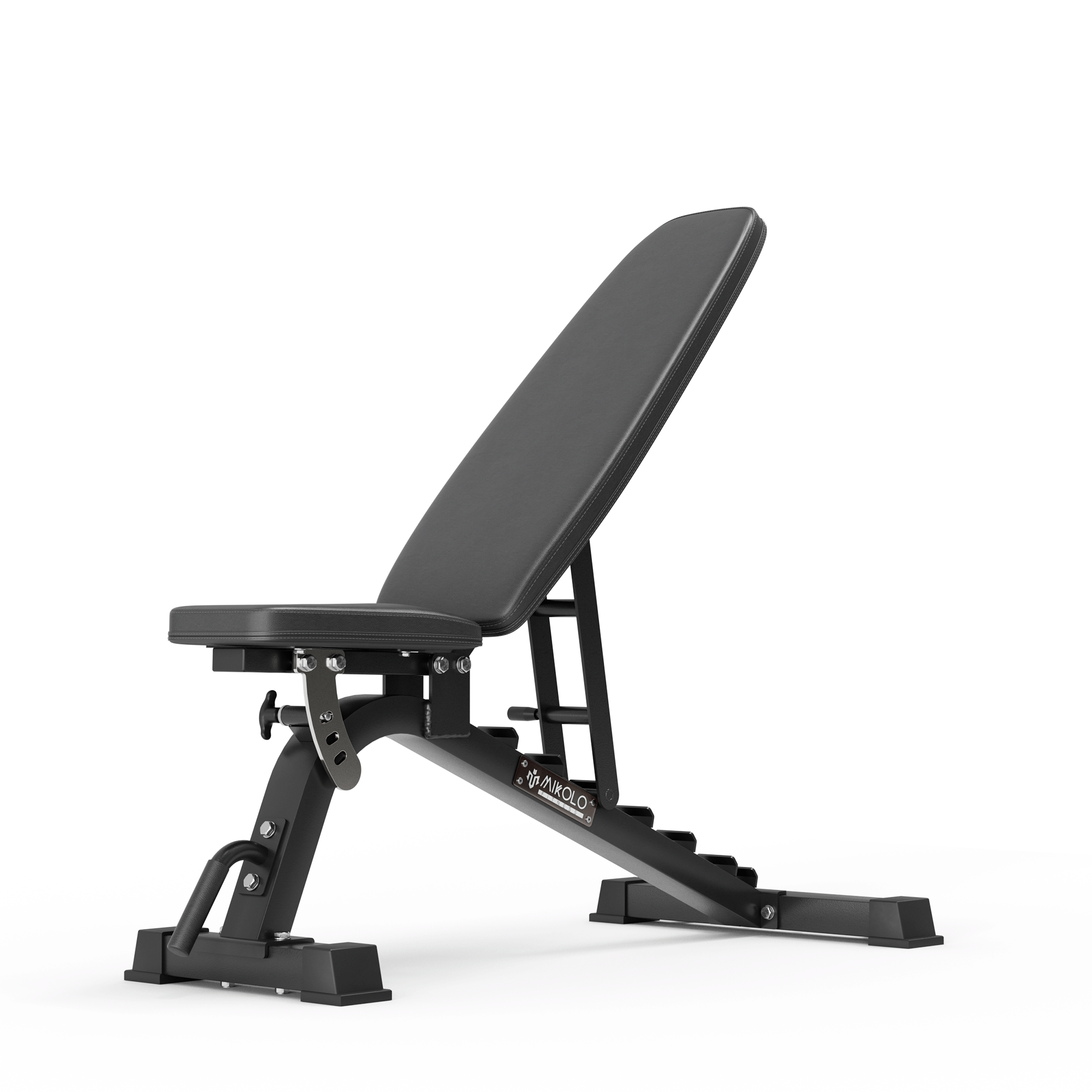
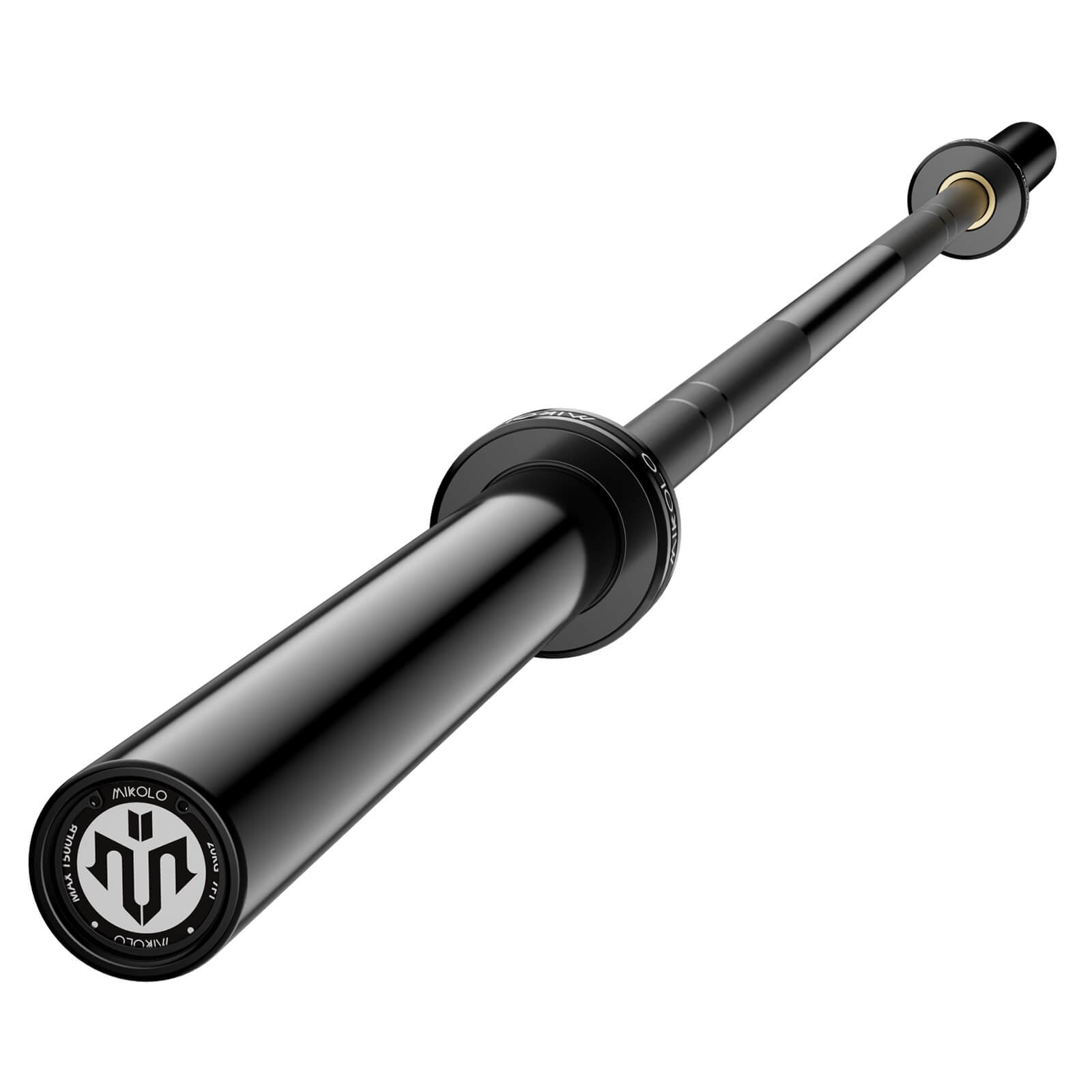
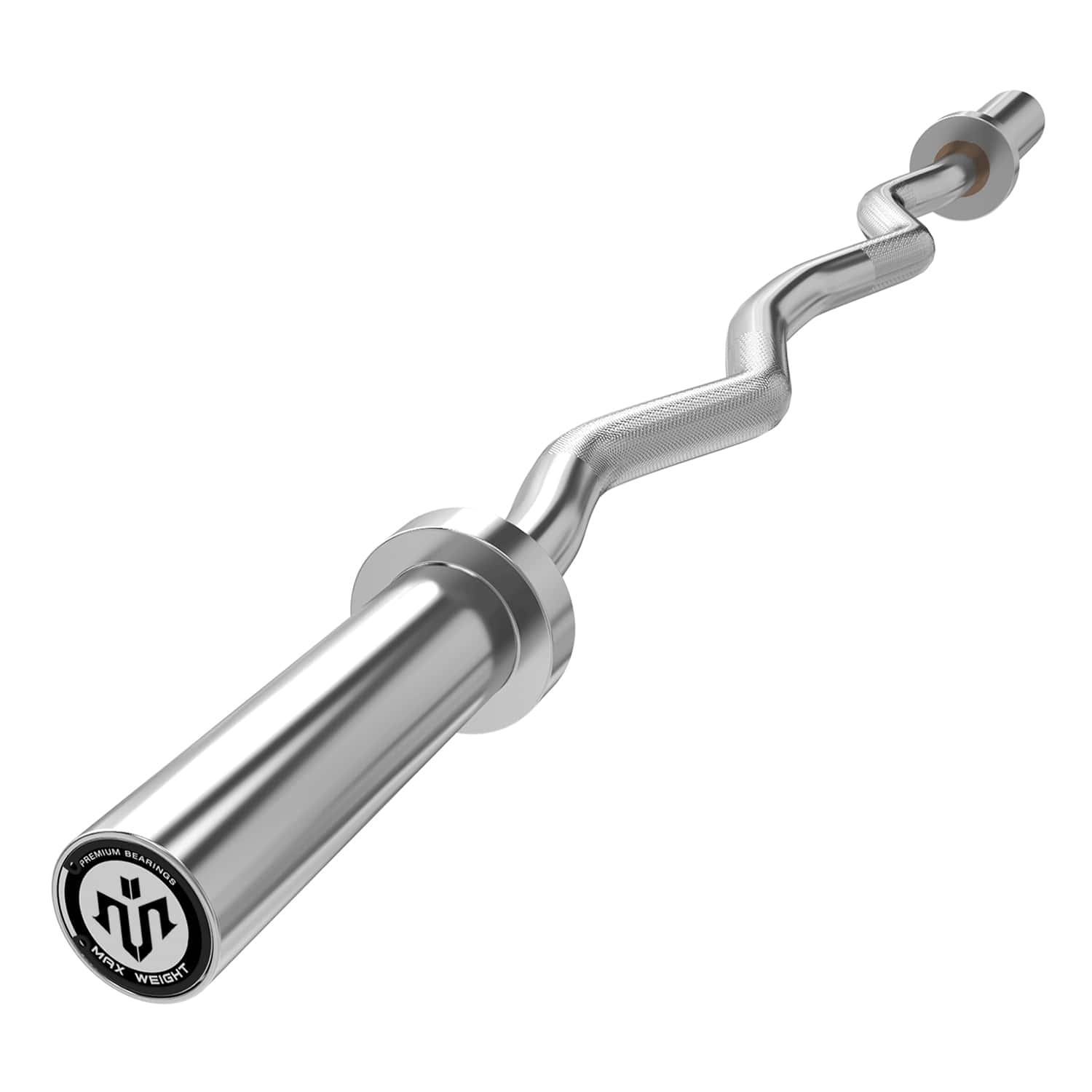
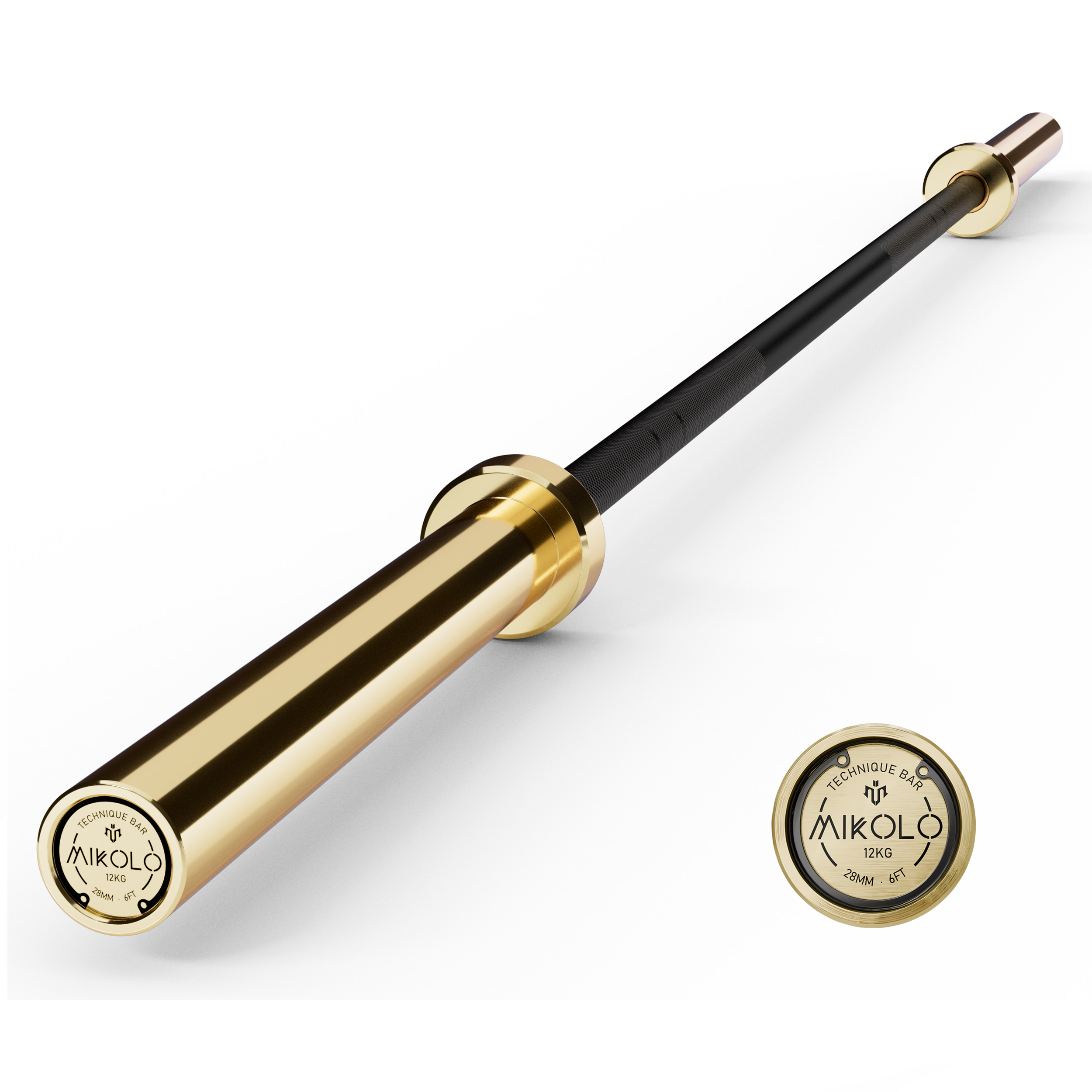
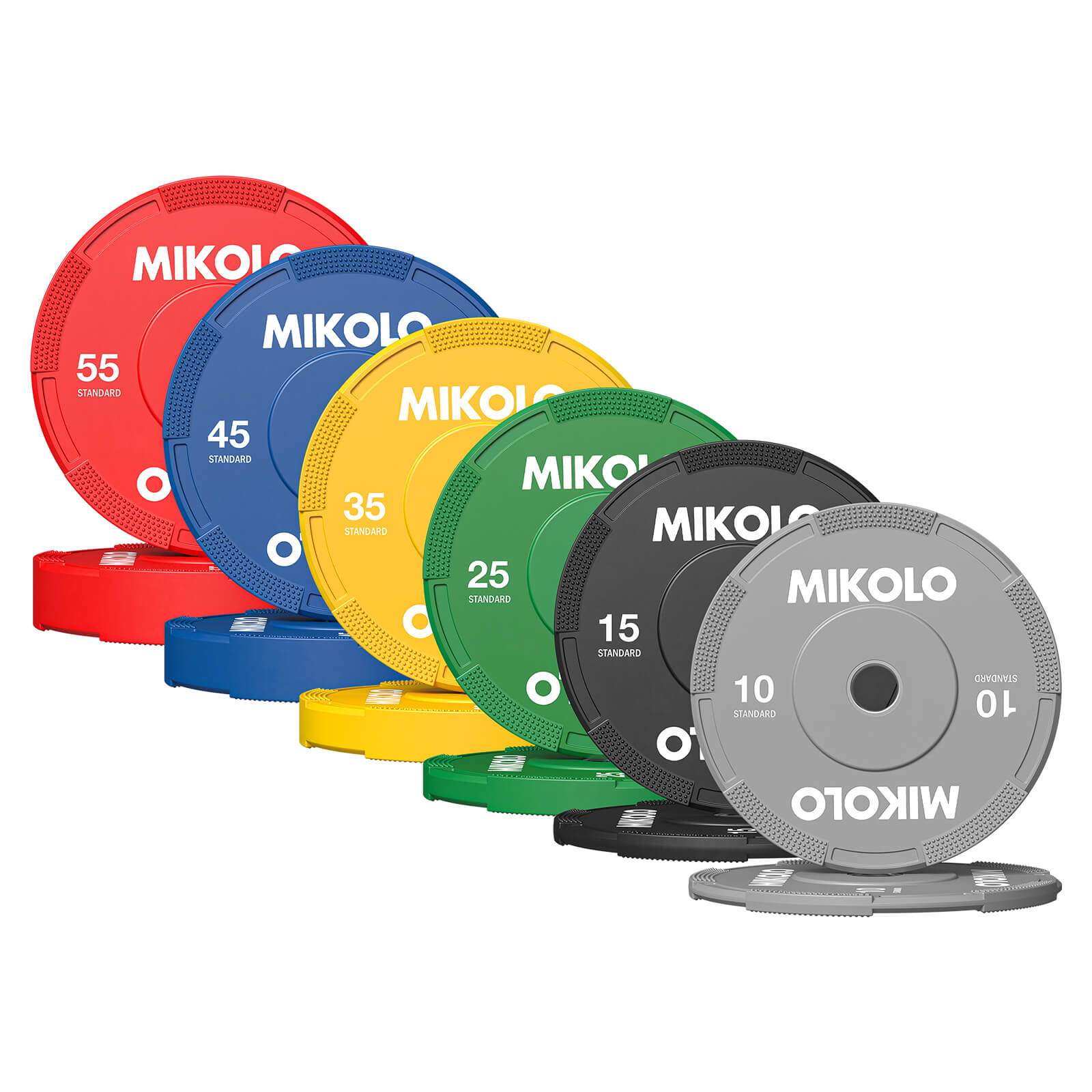
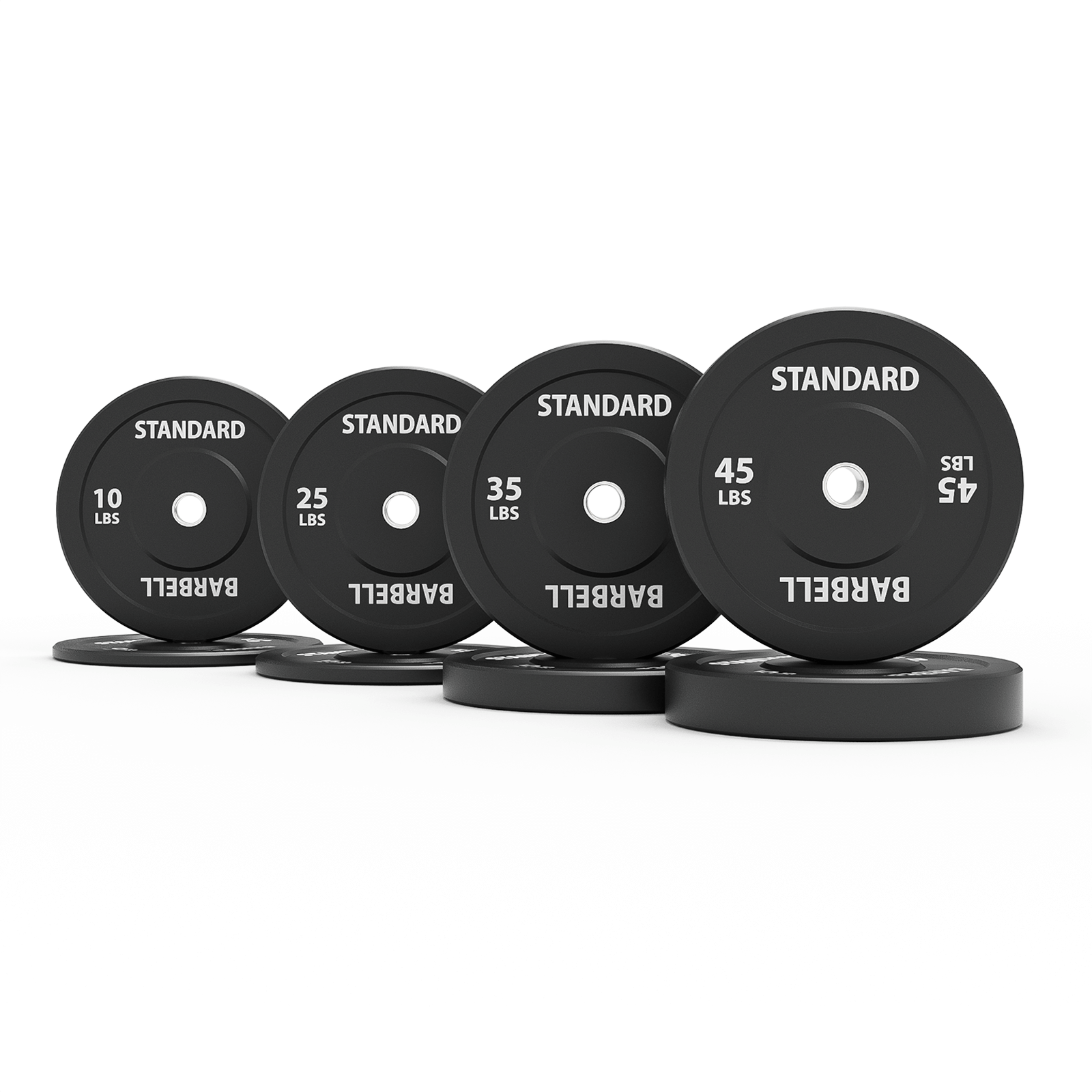
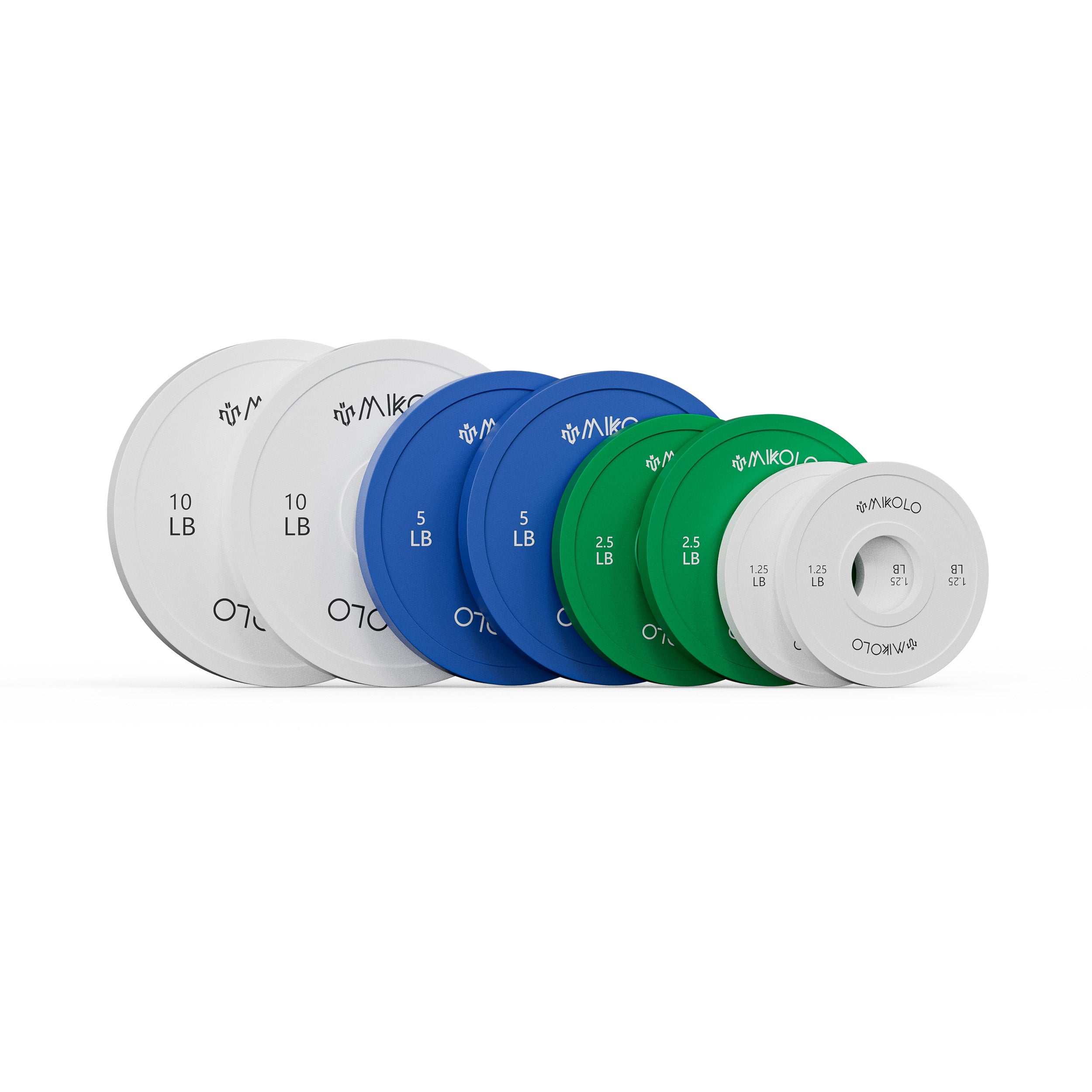

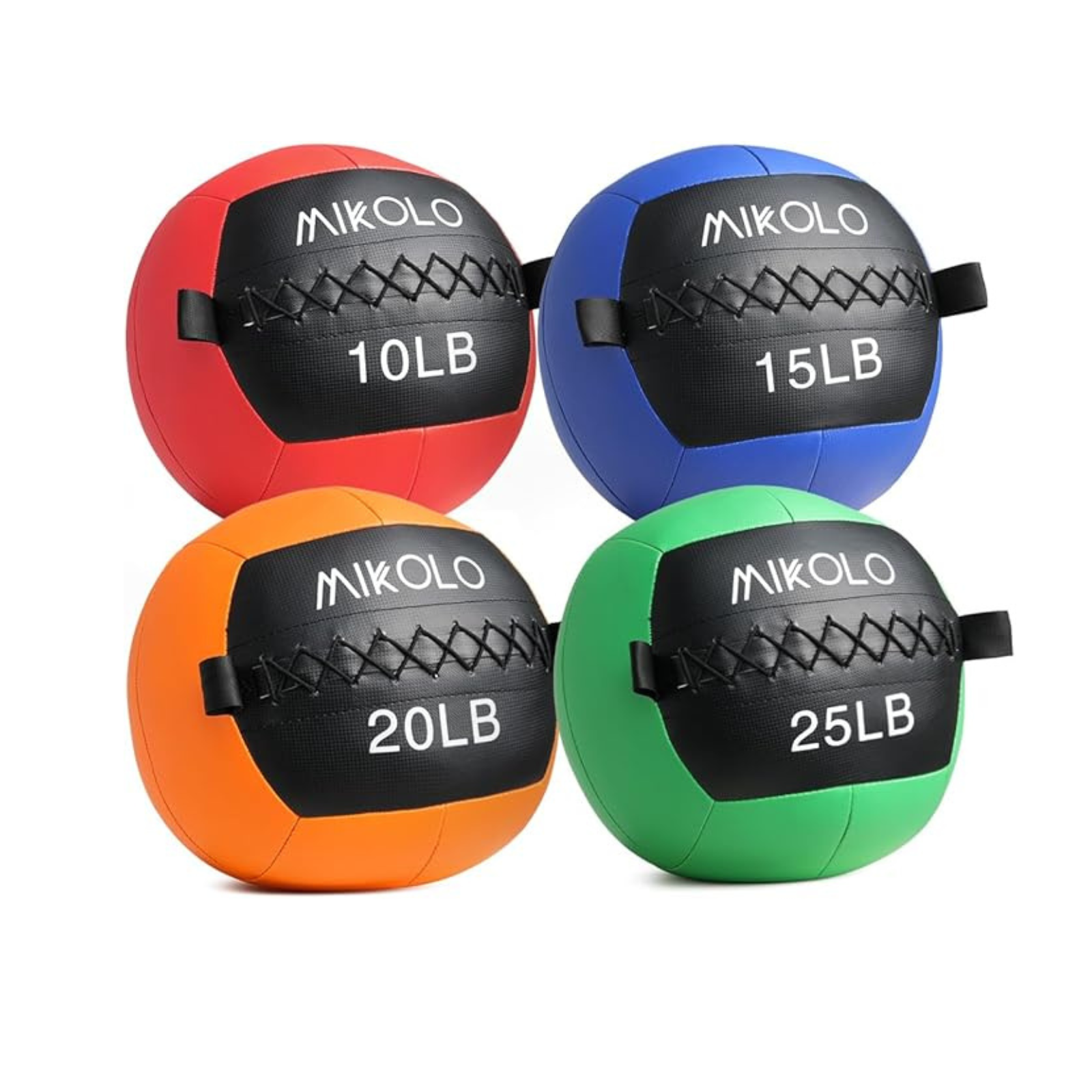
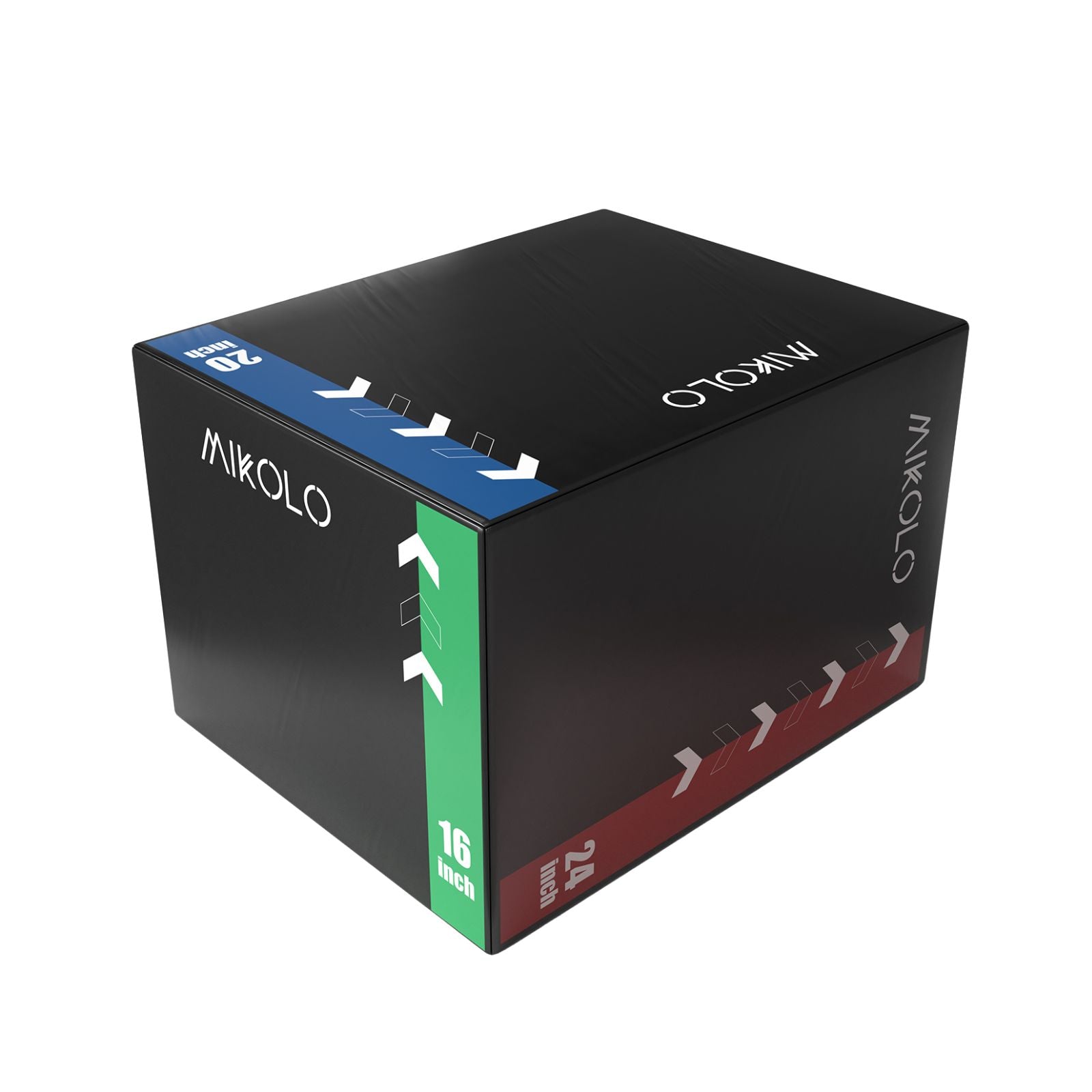
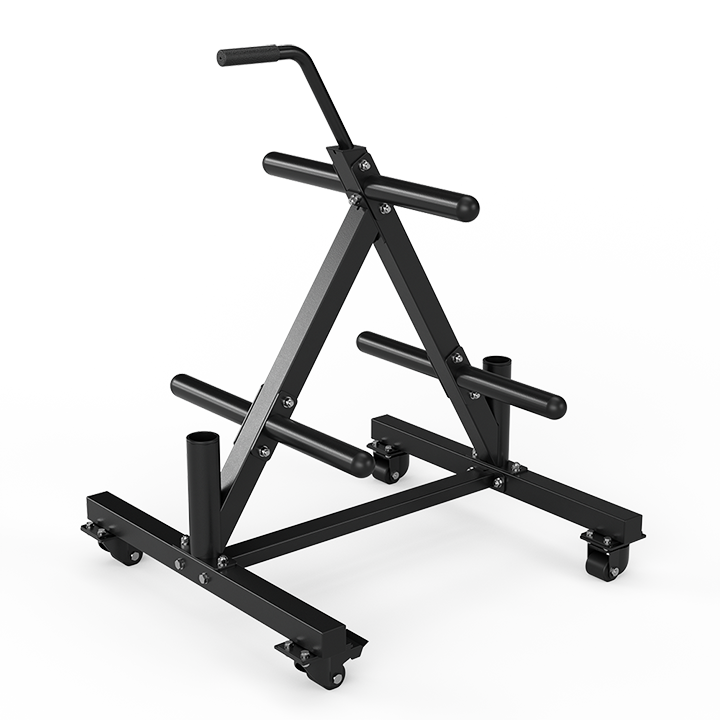
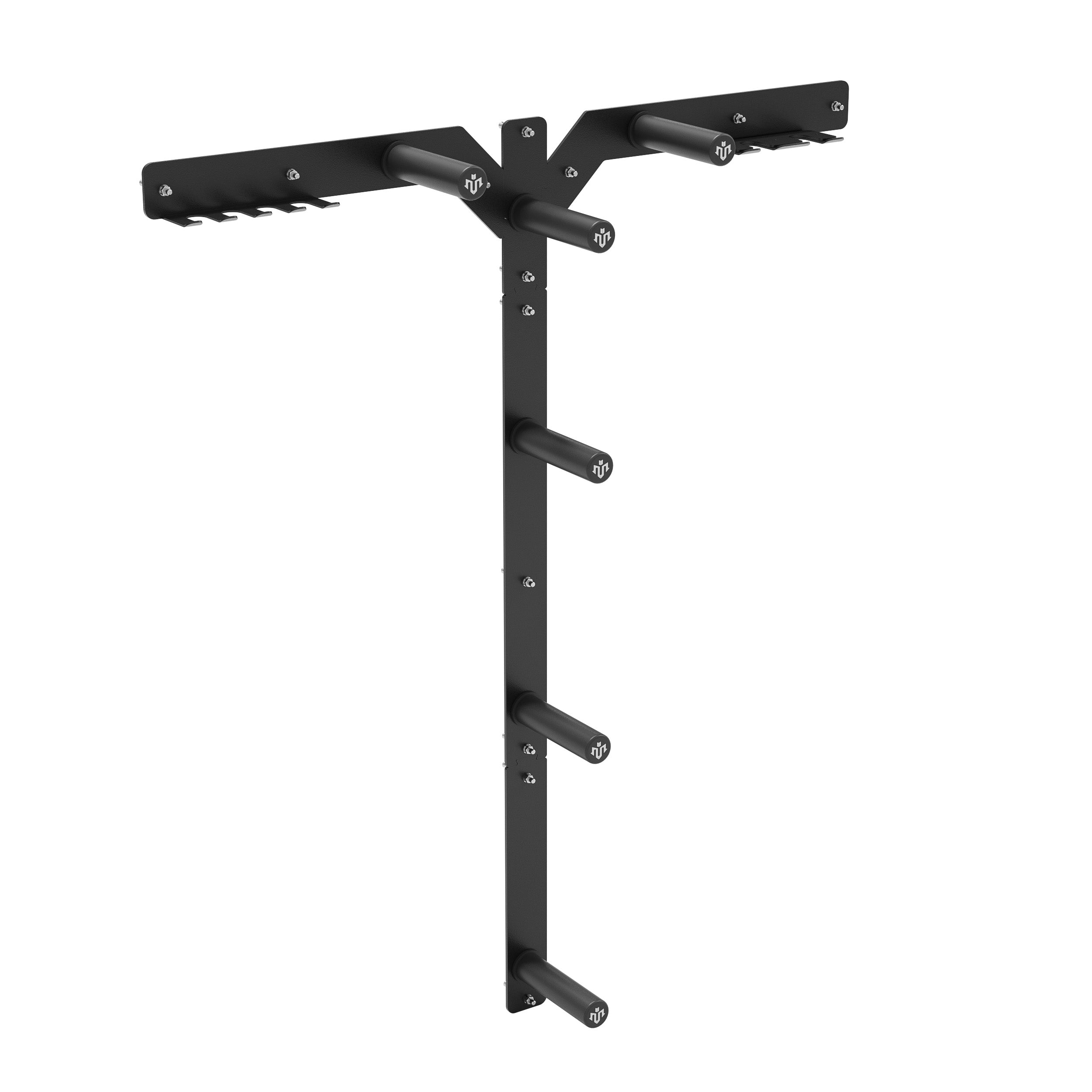
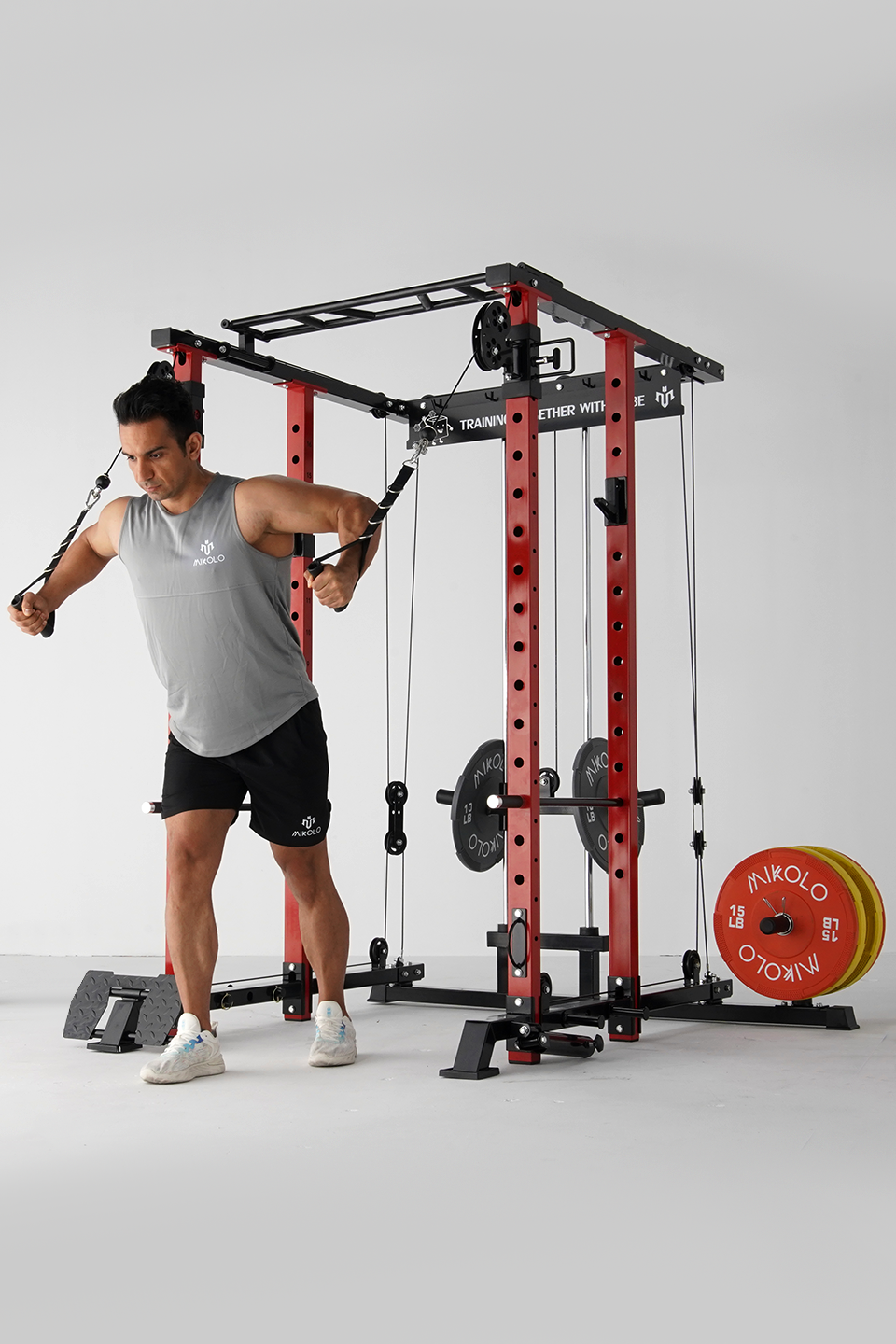



Leave a comment
This site is protected by hCaptcha and the hCaptcha Privacy Policy and Terms of Service apply.